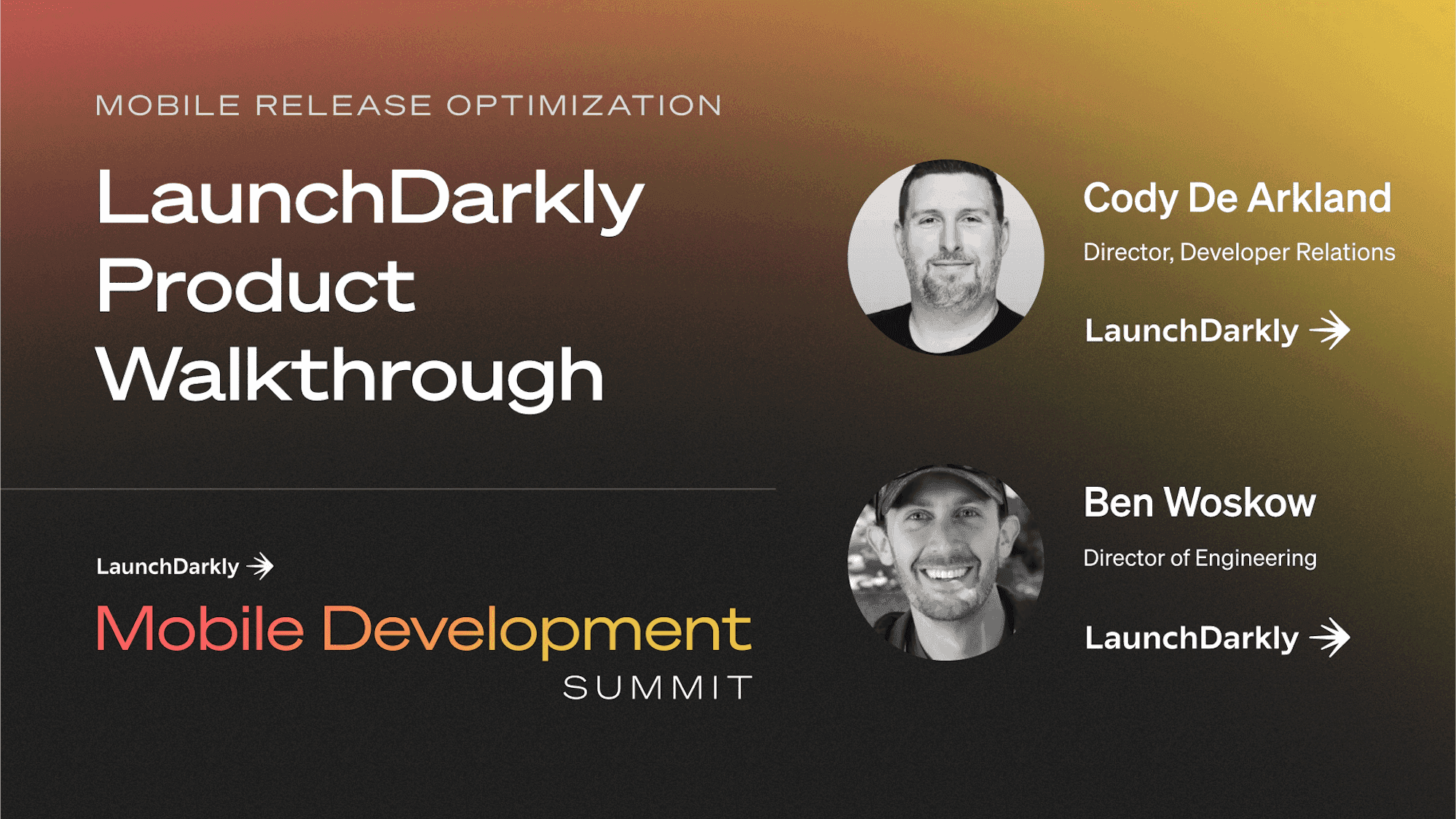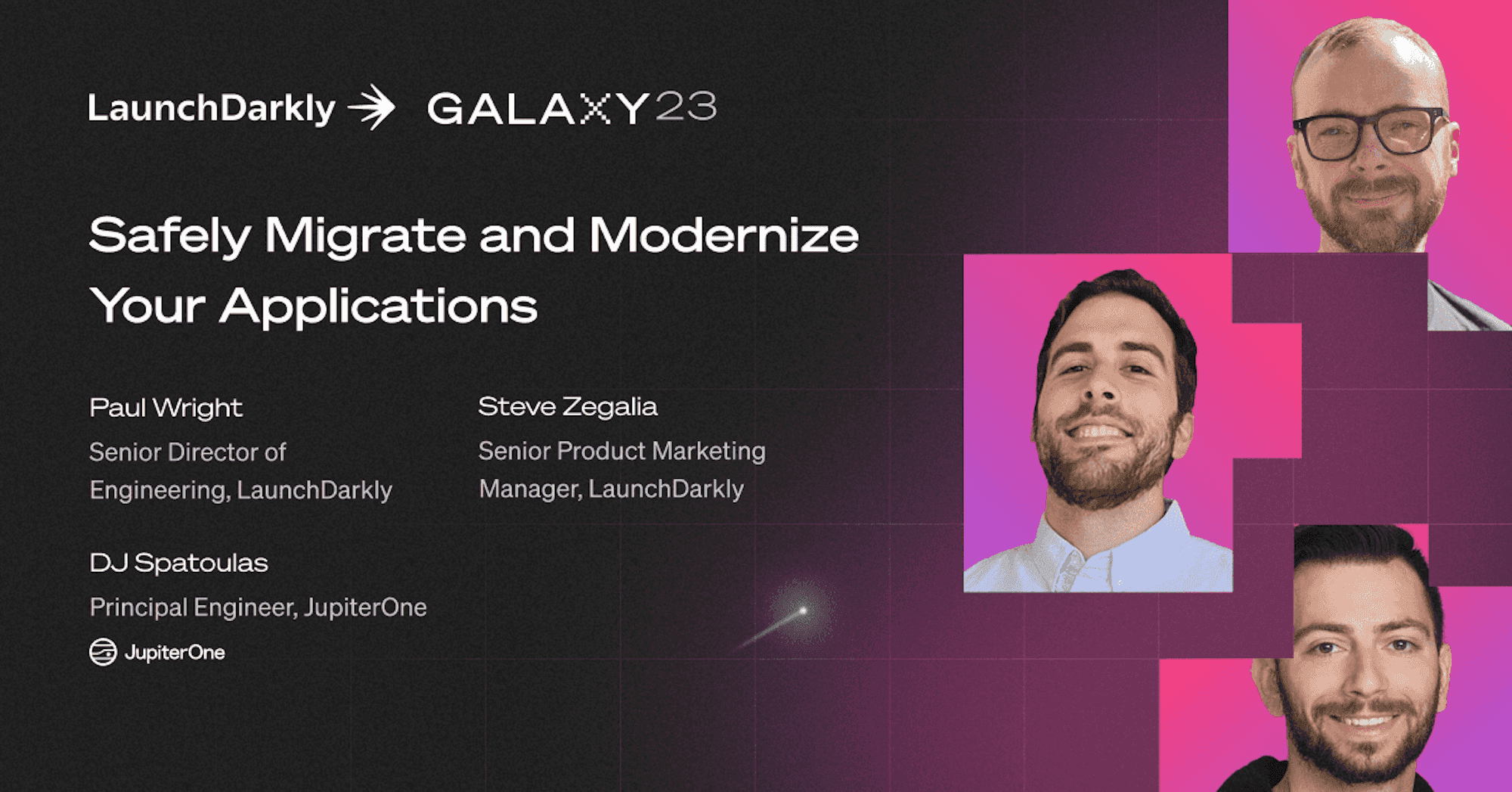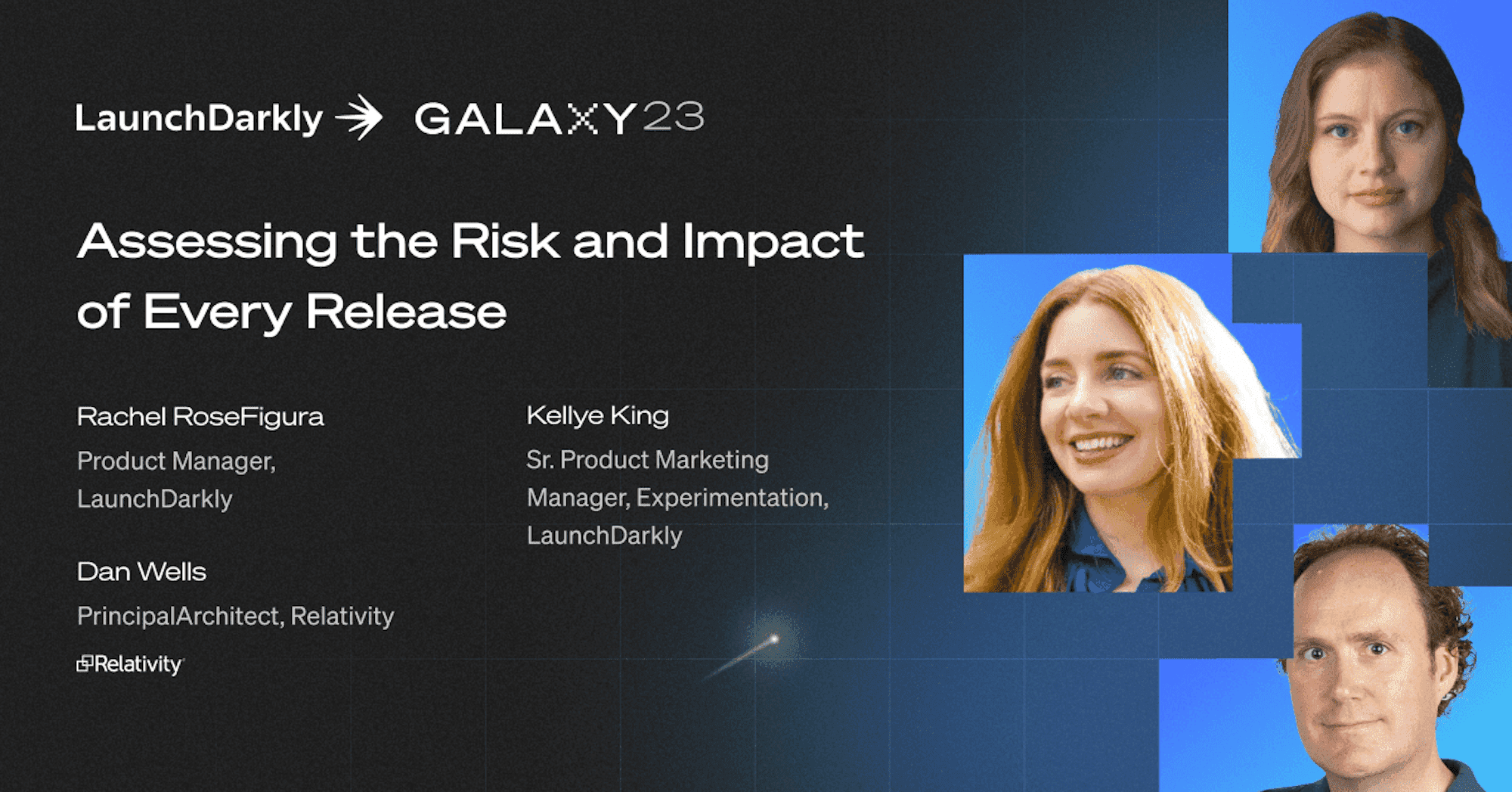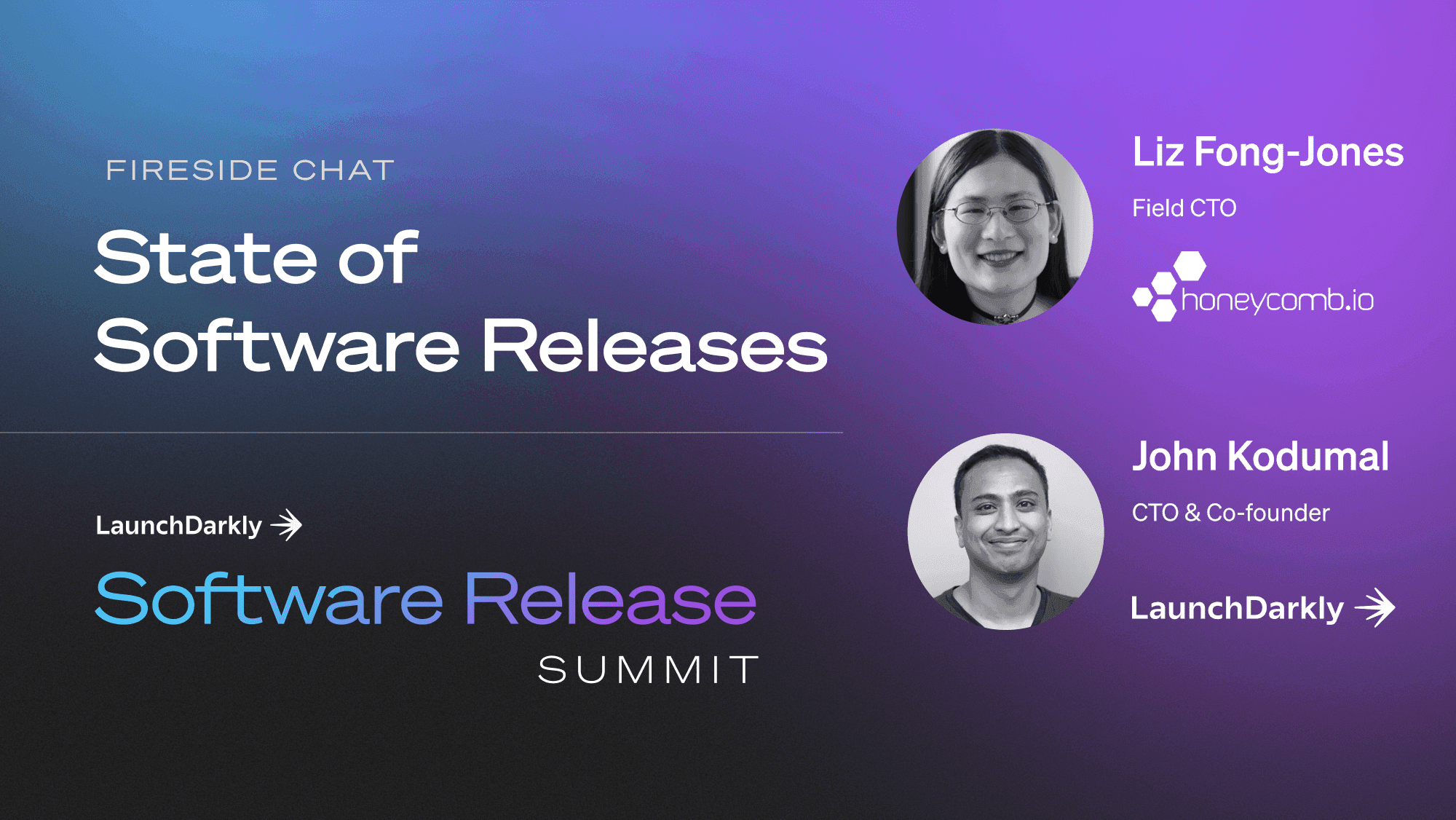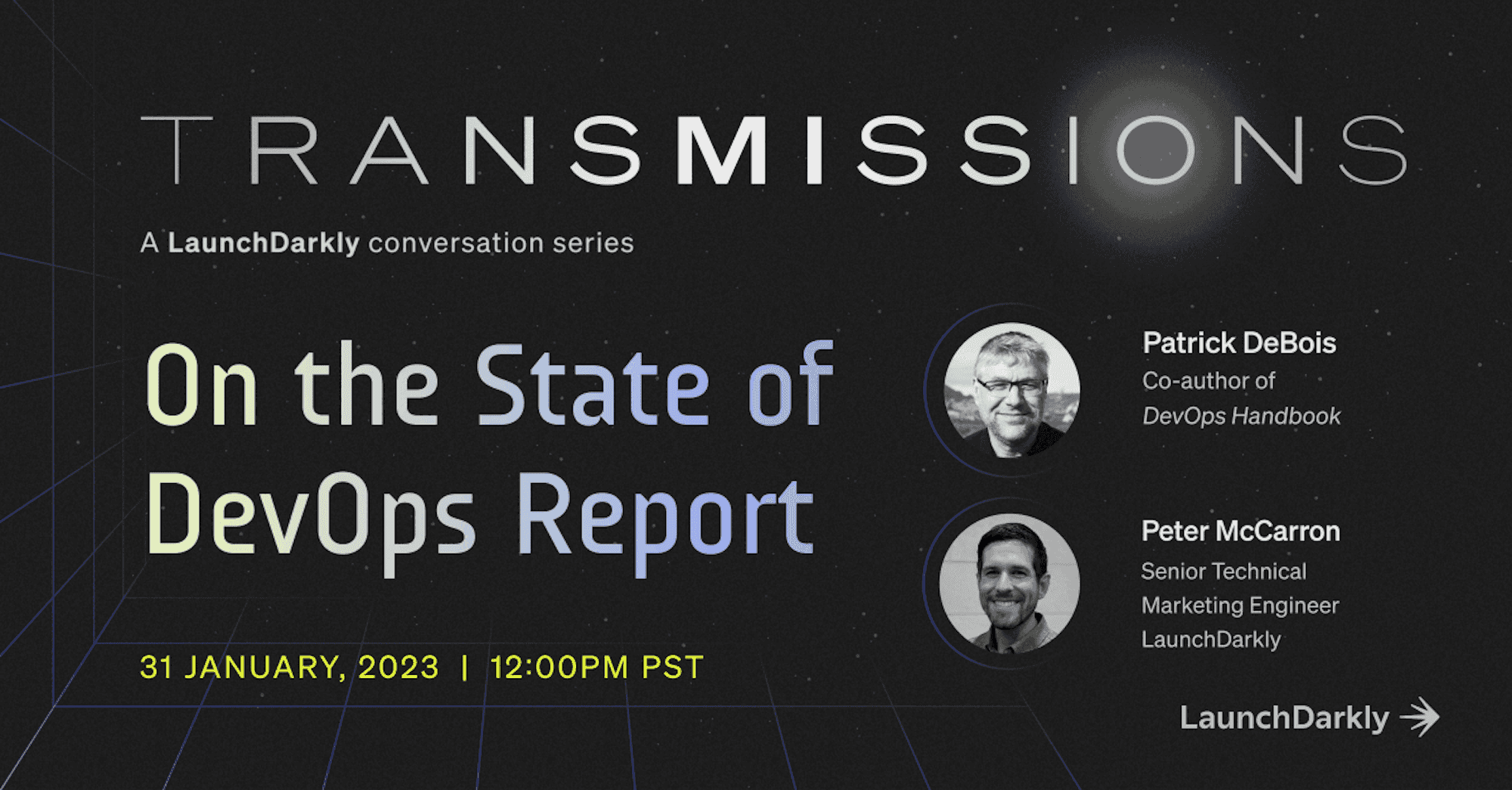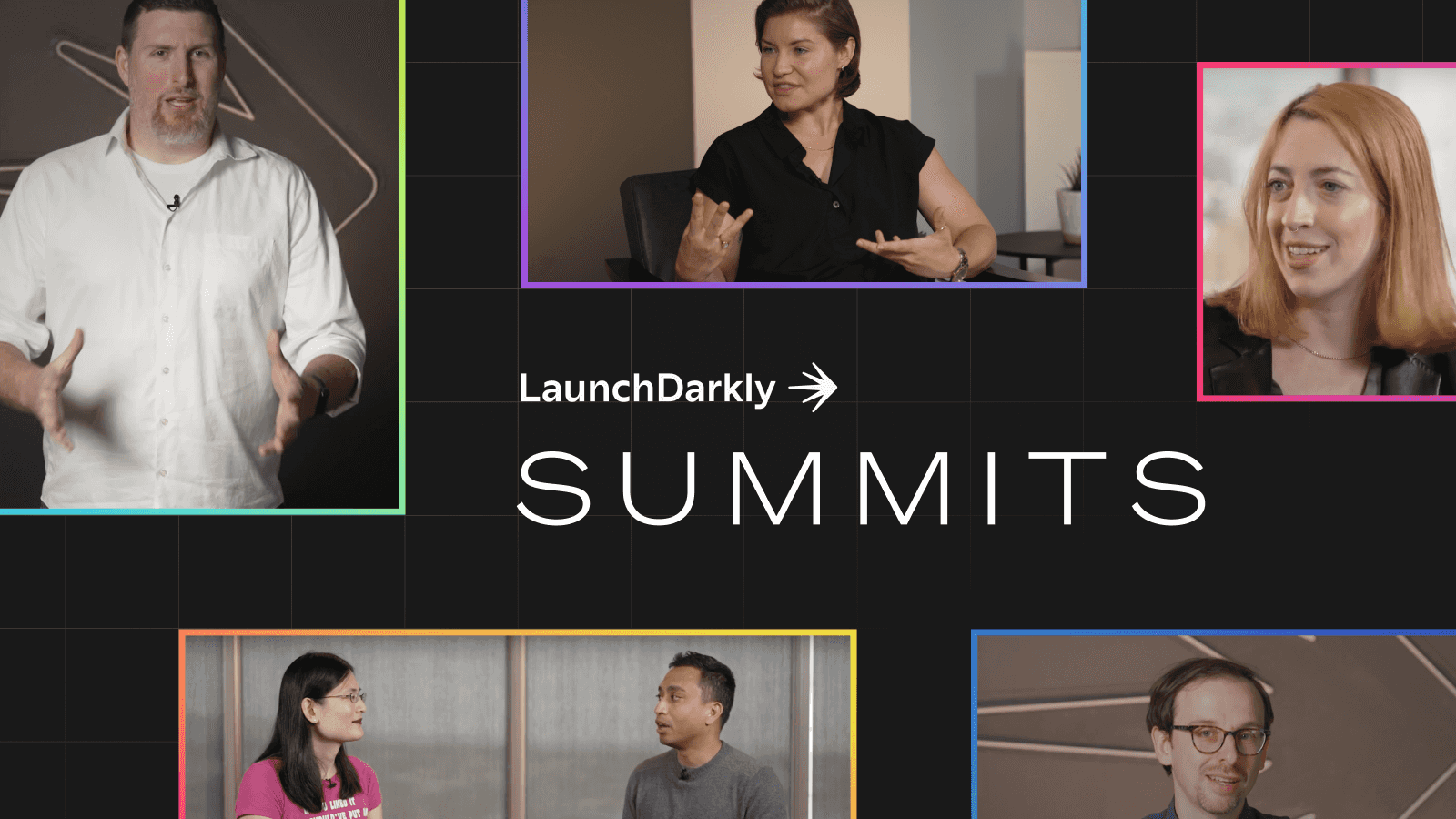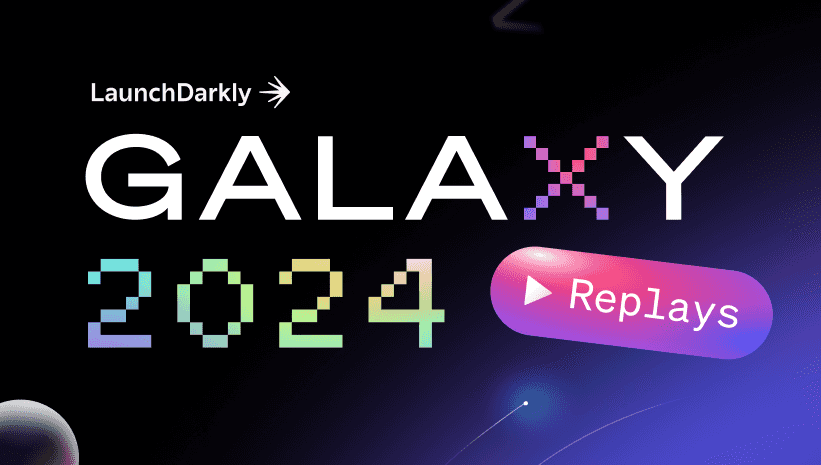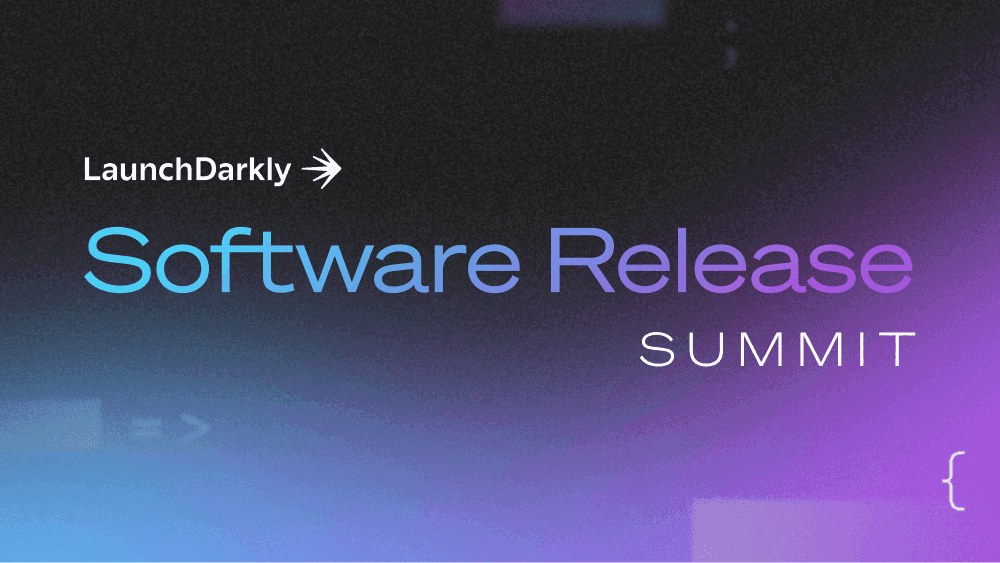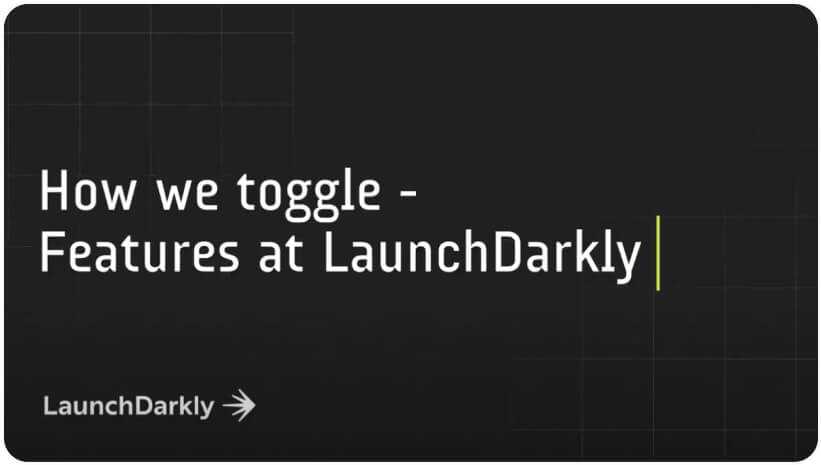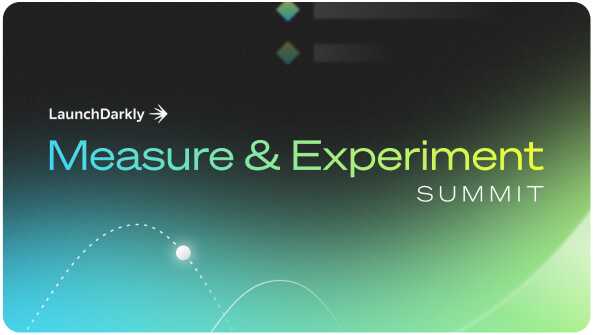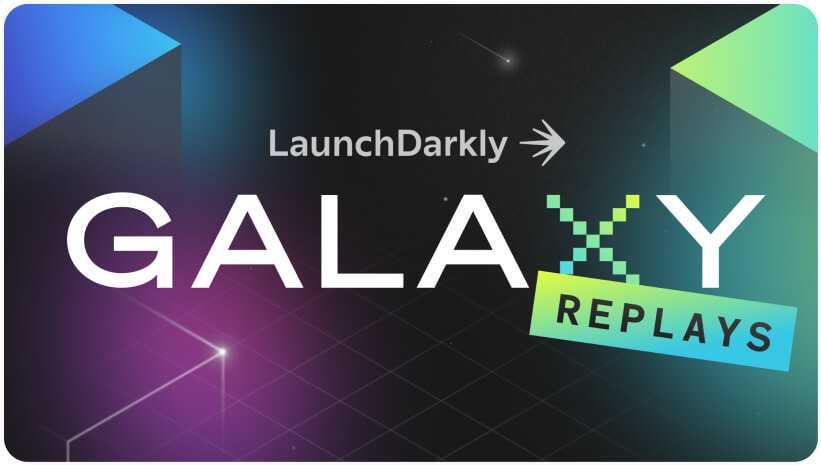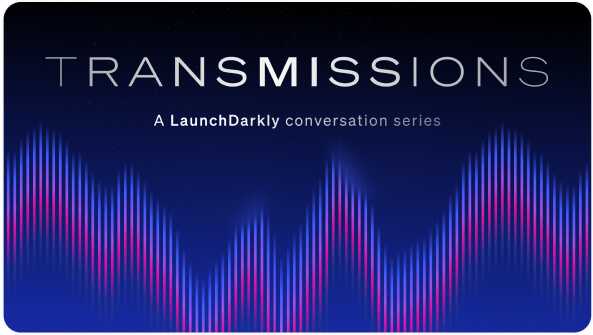Several People are Launching: Feature Flags at Slack
Feature flags have been an integral part of Slack’s code base from the very beginning. As we have grown as an engineering team and as a business, the power and complexity of our original feature flag engine grew to the point that it was beginning to consume more of our CPU resources than we would have liked without giving us the ability to iterate faster, especially as our system began to break apart from a single monolith into a collection of interrelated services. In this talk, we’ll discuss the history of feature flags at Slack, some of the problems we encountered and overcome with our original configuration engine, and how we have rewritten both the core engine and our configuration deployment system to allow us to move both faster AND safer than ever before.
Trajectory related videos
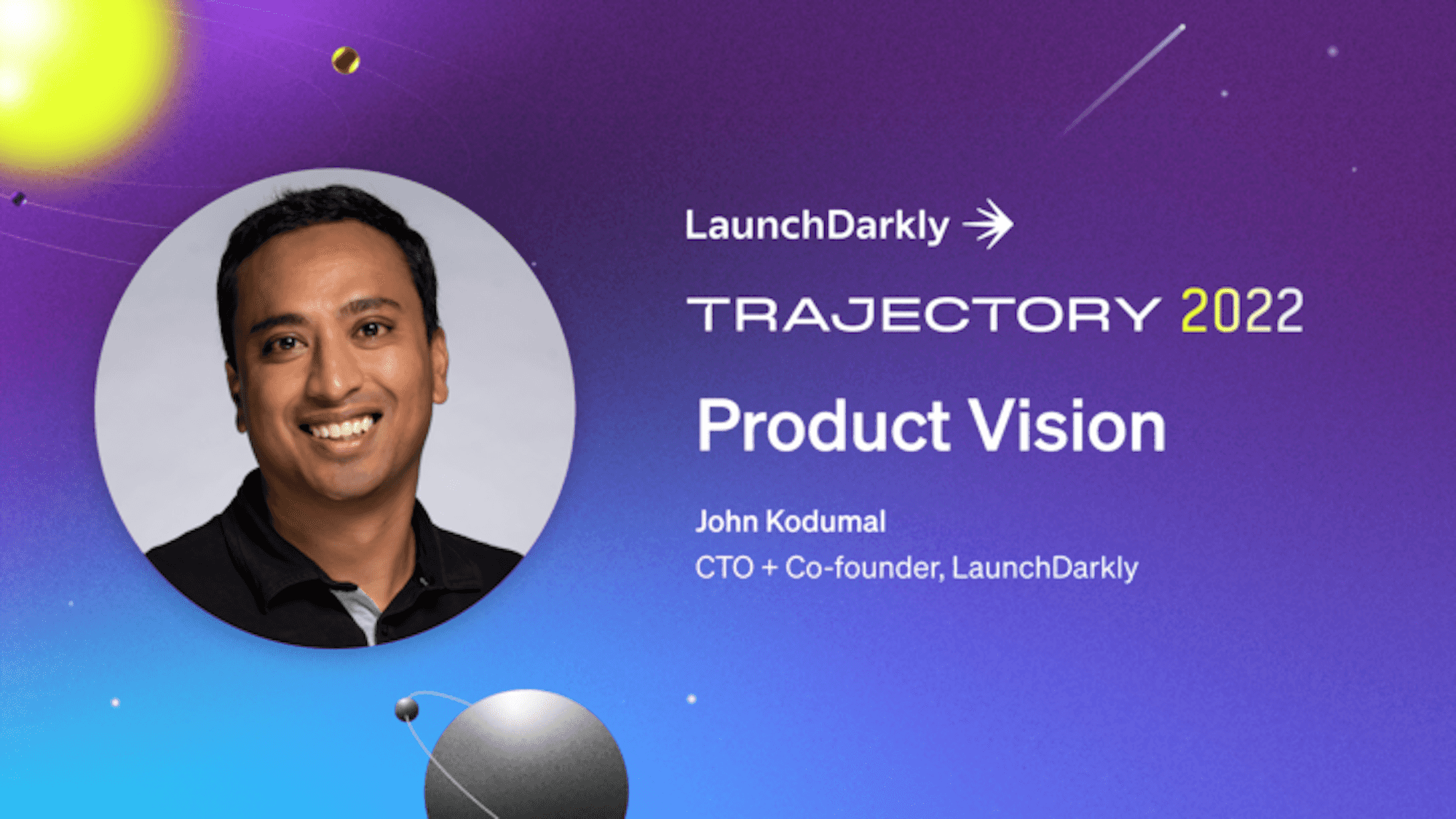
Keynote: Product Vision
Trajectory
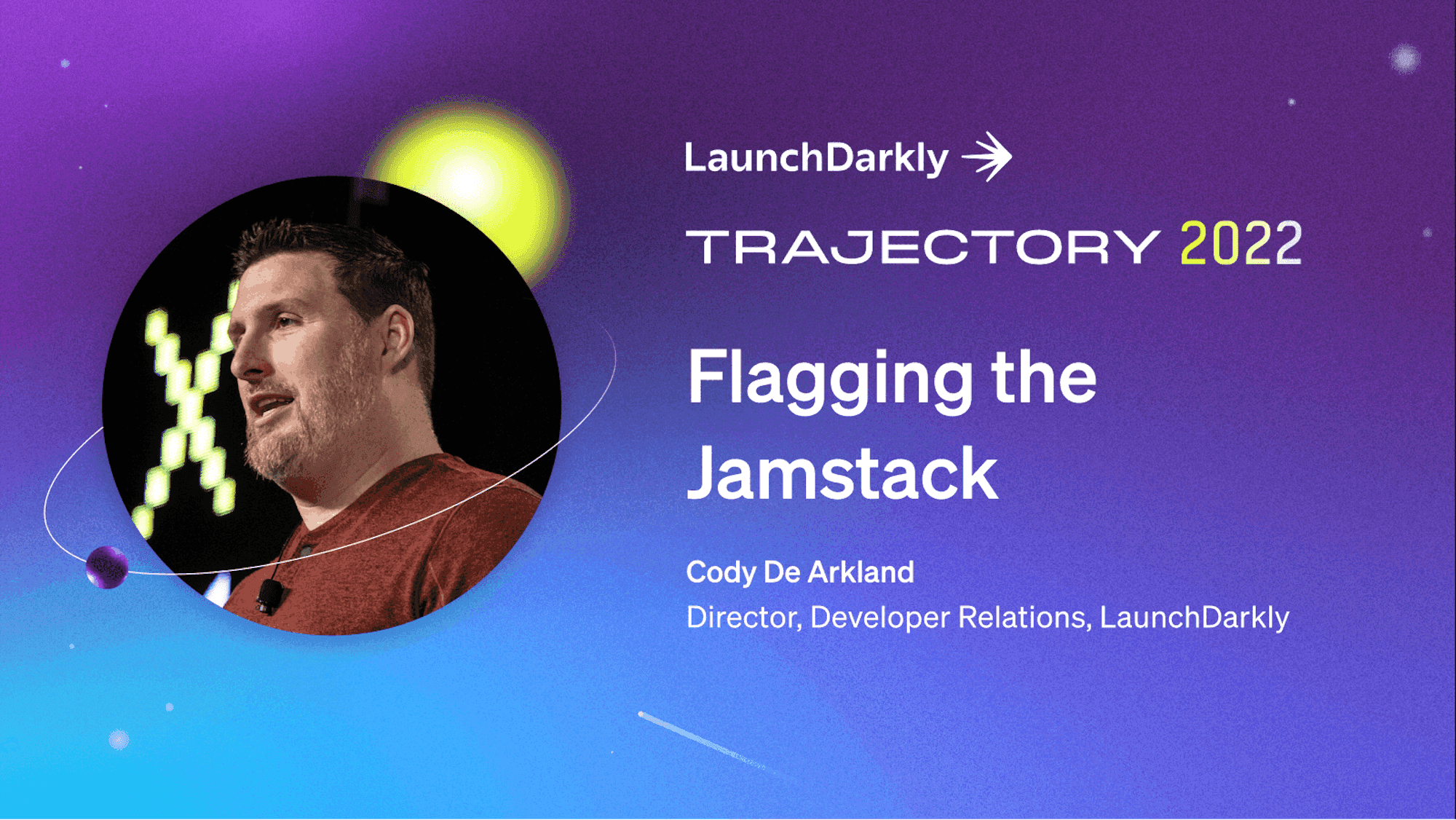
Flagging the Jamstack - Using Feature Flags with Netlify - W...
Trajectory

Flight School - Workshop
Trajectory

Keynote: State of Feature Management
Trajectory

Keynote: Fireside chat with Gene Kim
Trajectory
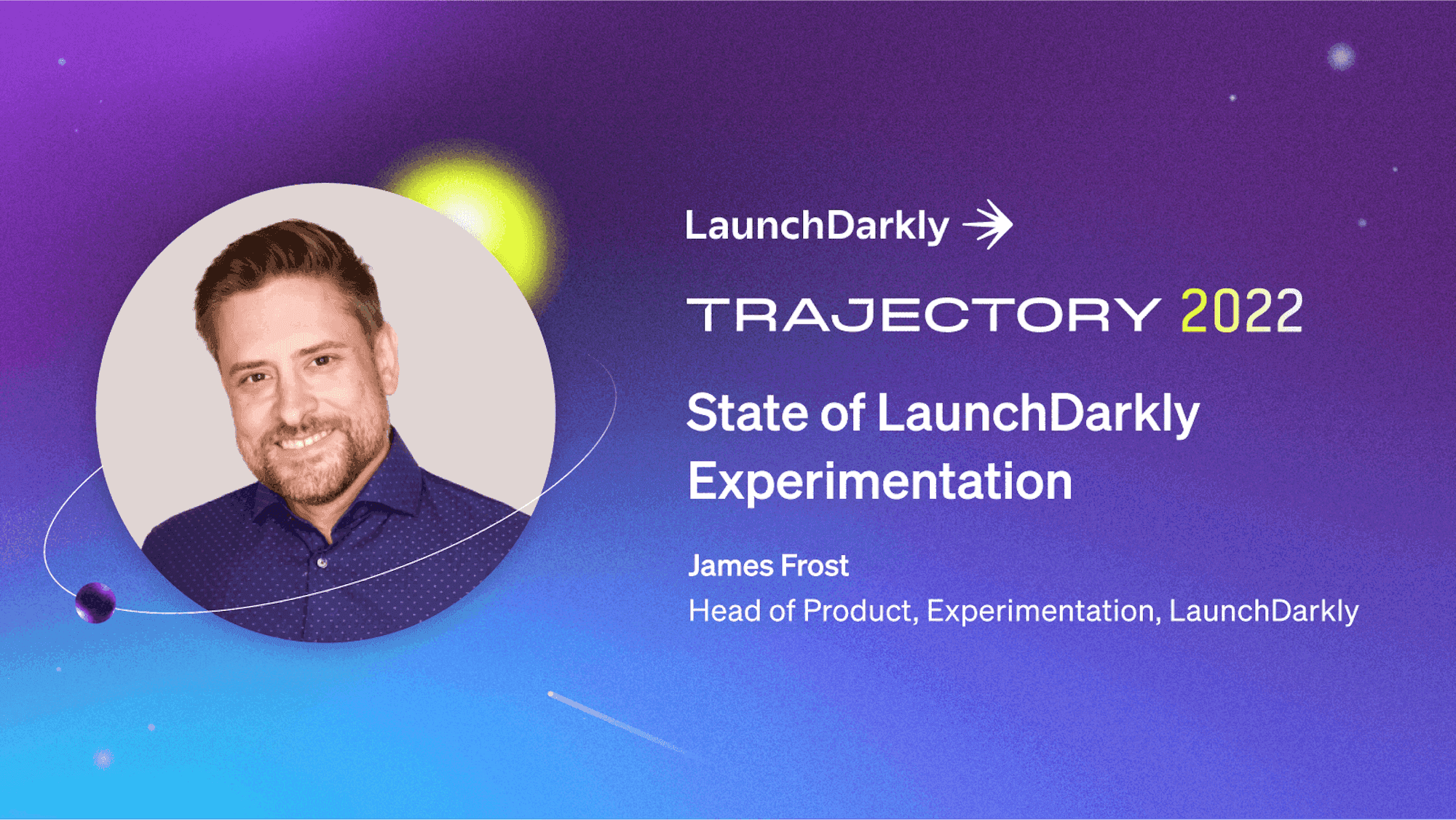
State of LaunchDarkly Experimentation
Trajectory
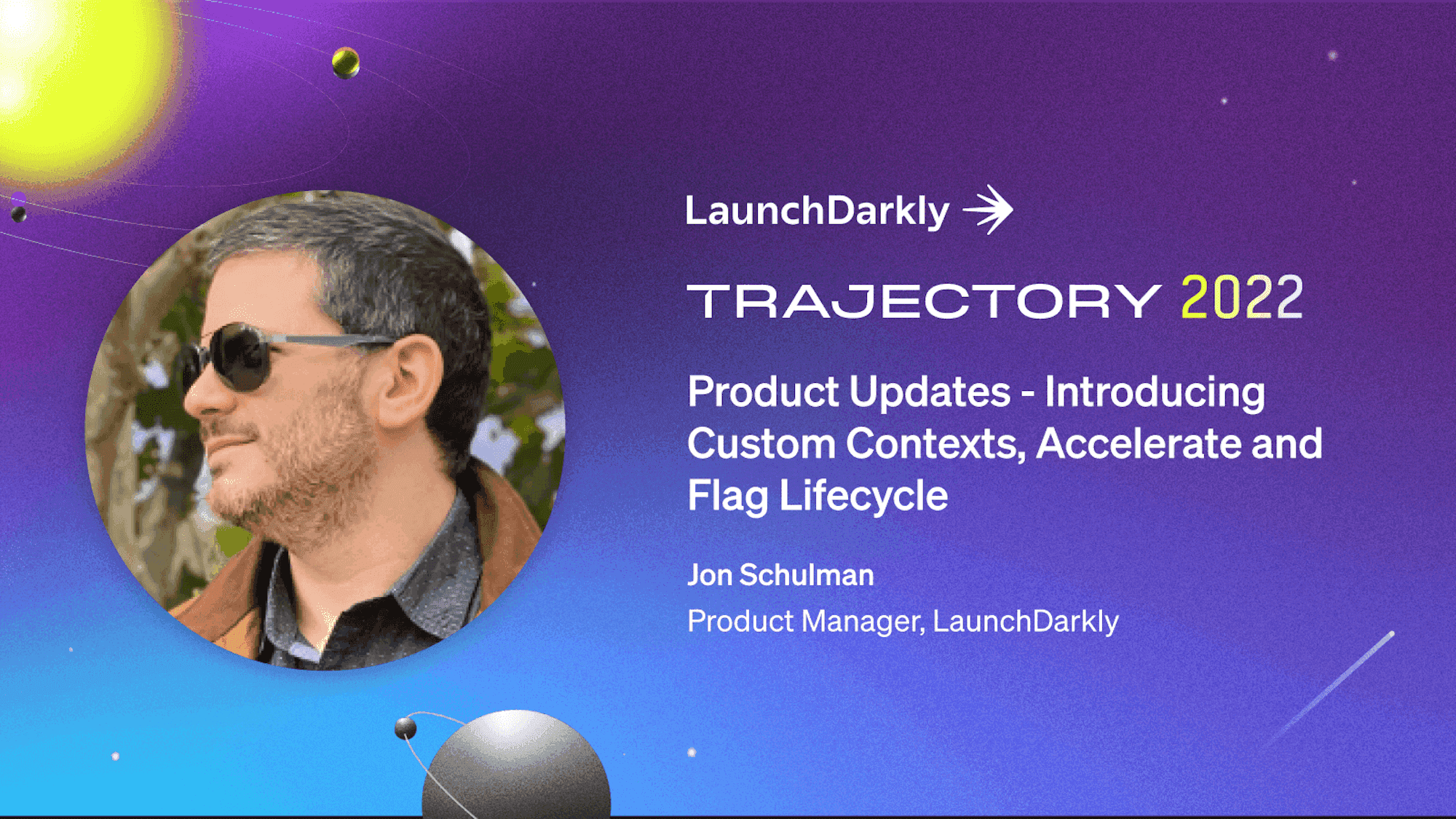
Product Updates - Introducing Custom Contexts, Accelerate an...
Trajectory

LaunchDarkly Architecture - Releasing Features at Global Sca...
Trajectory

General Motors' Journey to Feature Flags with LaunchDarkly
Trajectory

Vodafone Fireside Chat with Jessica Cregg
Trajectory
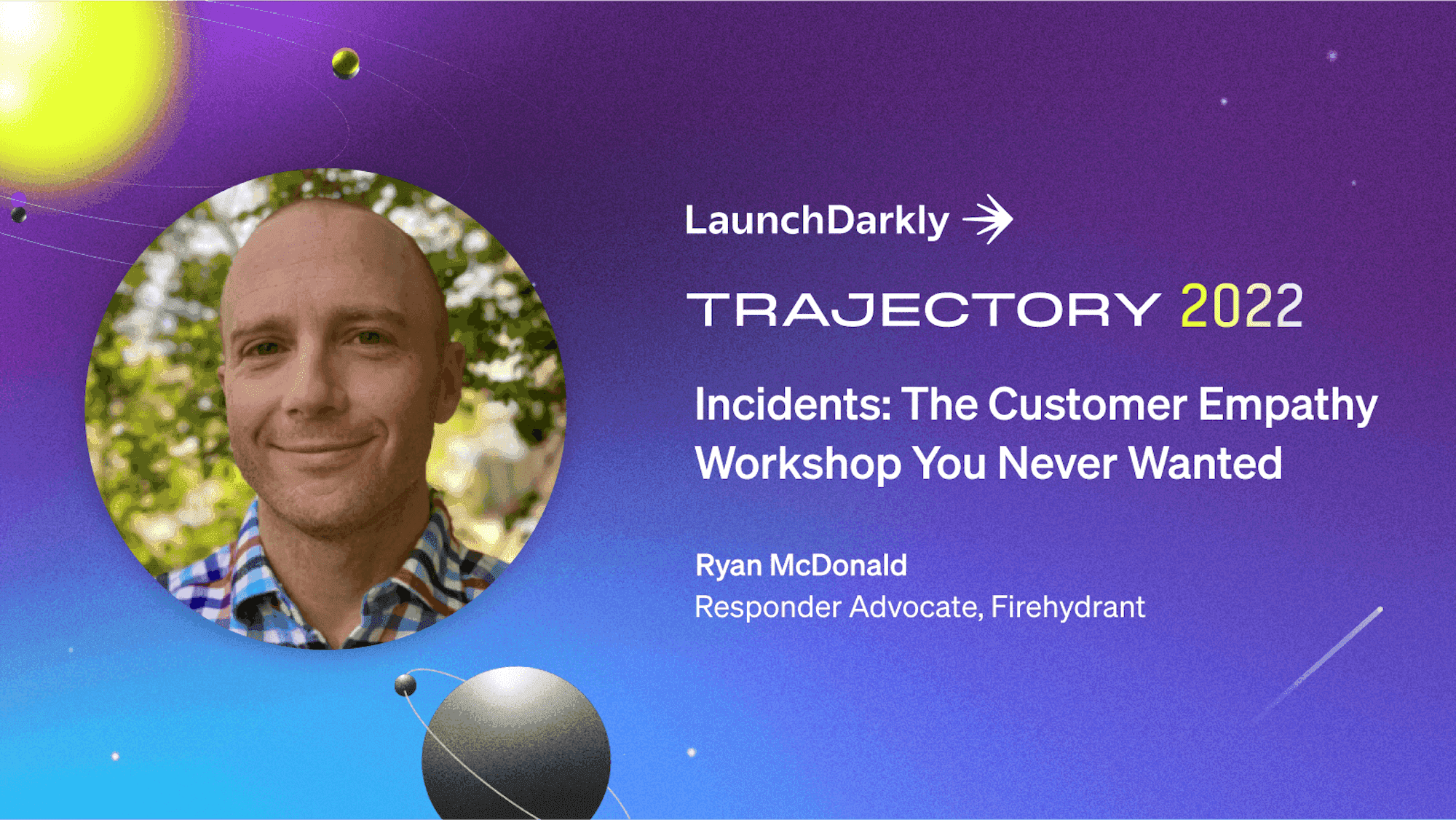
Incidents: The customer empathy workshop you never wanted
Trajectory
%2BUnlocking%2Bthe%2BMonolith%2B-%2BLessons%2BLearned%2Bfrom%2BNaviance_s%2BJourney.png)
Unlocking the Monolith: Lessons Learned from Naviance's Jour...
Trajectory
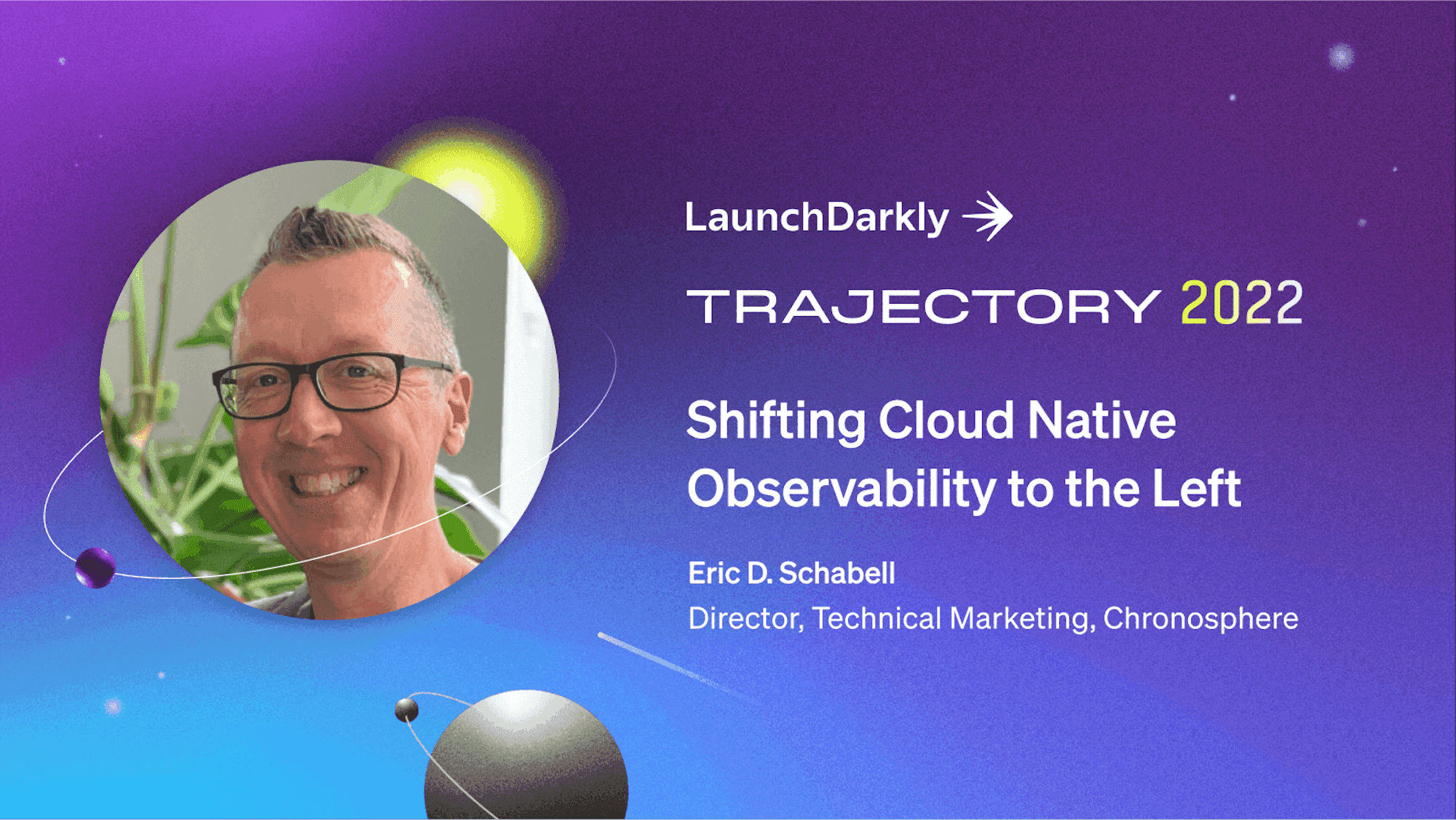
Shifting Cloud Native Observability to the Left
Trajectory
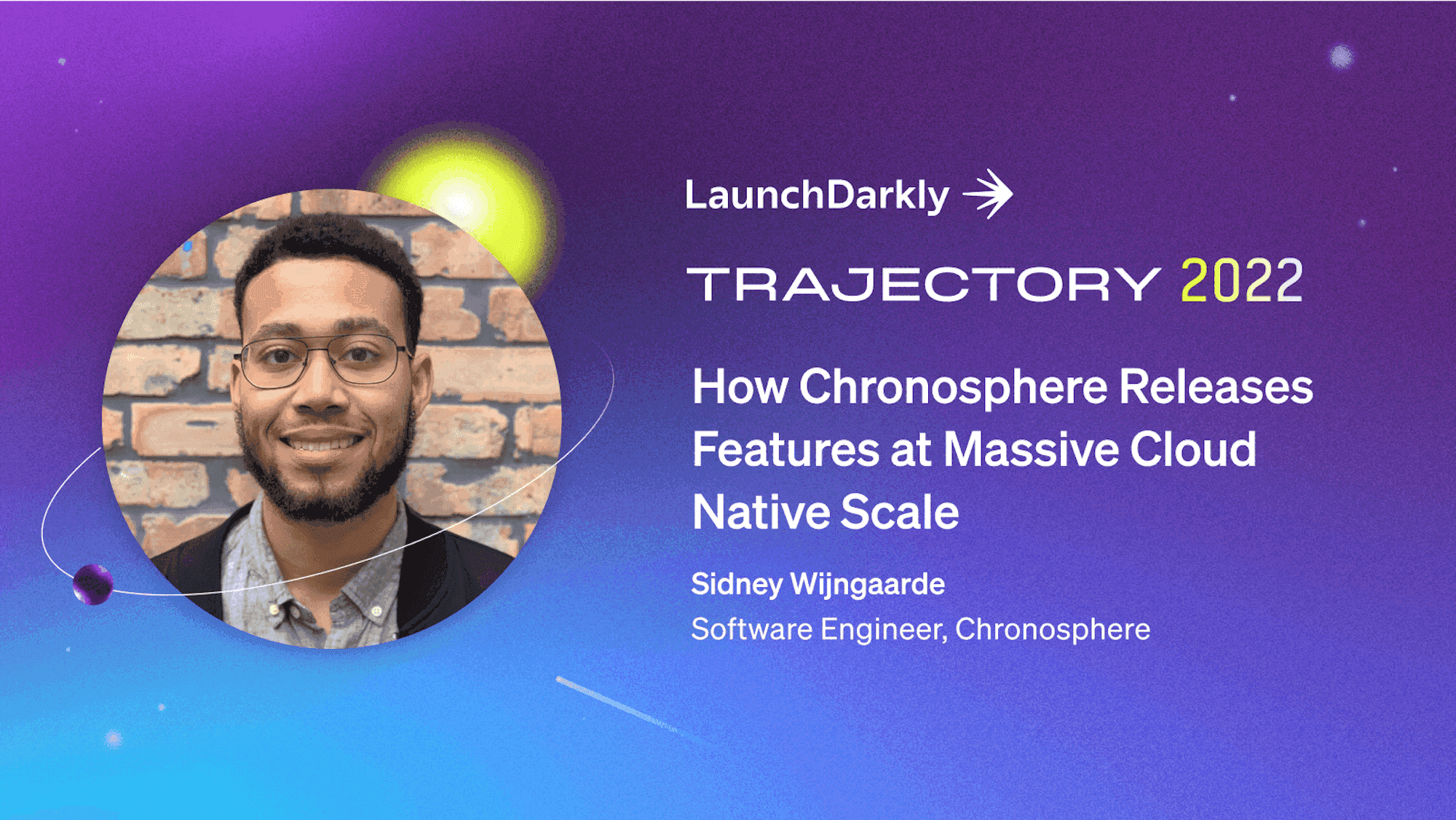
How Chronosphere releases features at massive cloud native s...
Trajectory
%2BThe%2BJourney%2Bwith%2BLaunchDarkly%2Bat%2BOne%2BMedical.png)
The Journey with LaunchDarkly at One Medical
Trajectory
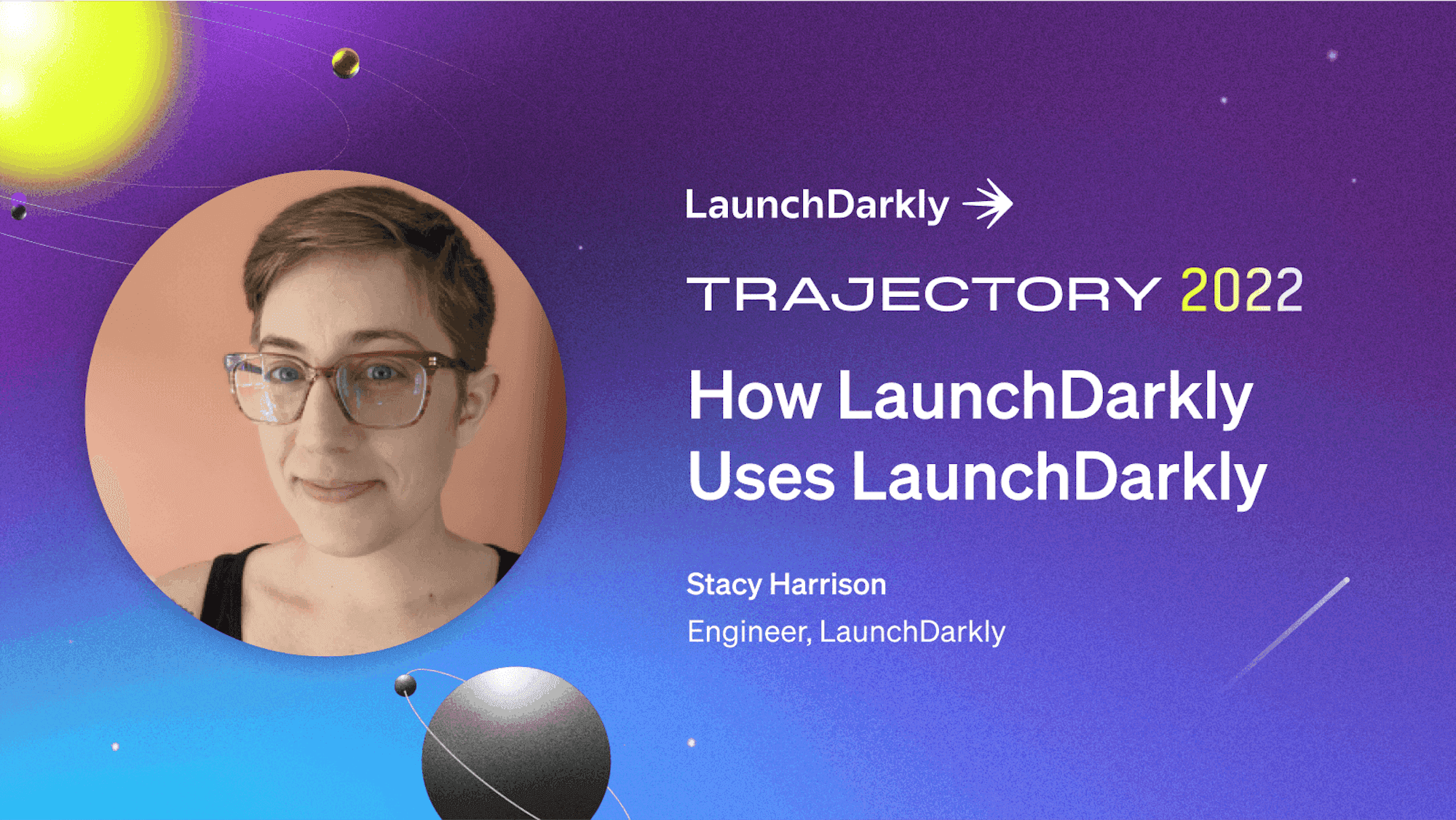
How LaunchDarkly Uses LaunchDarkly
Trajectory
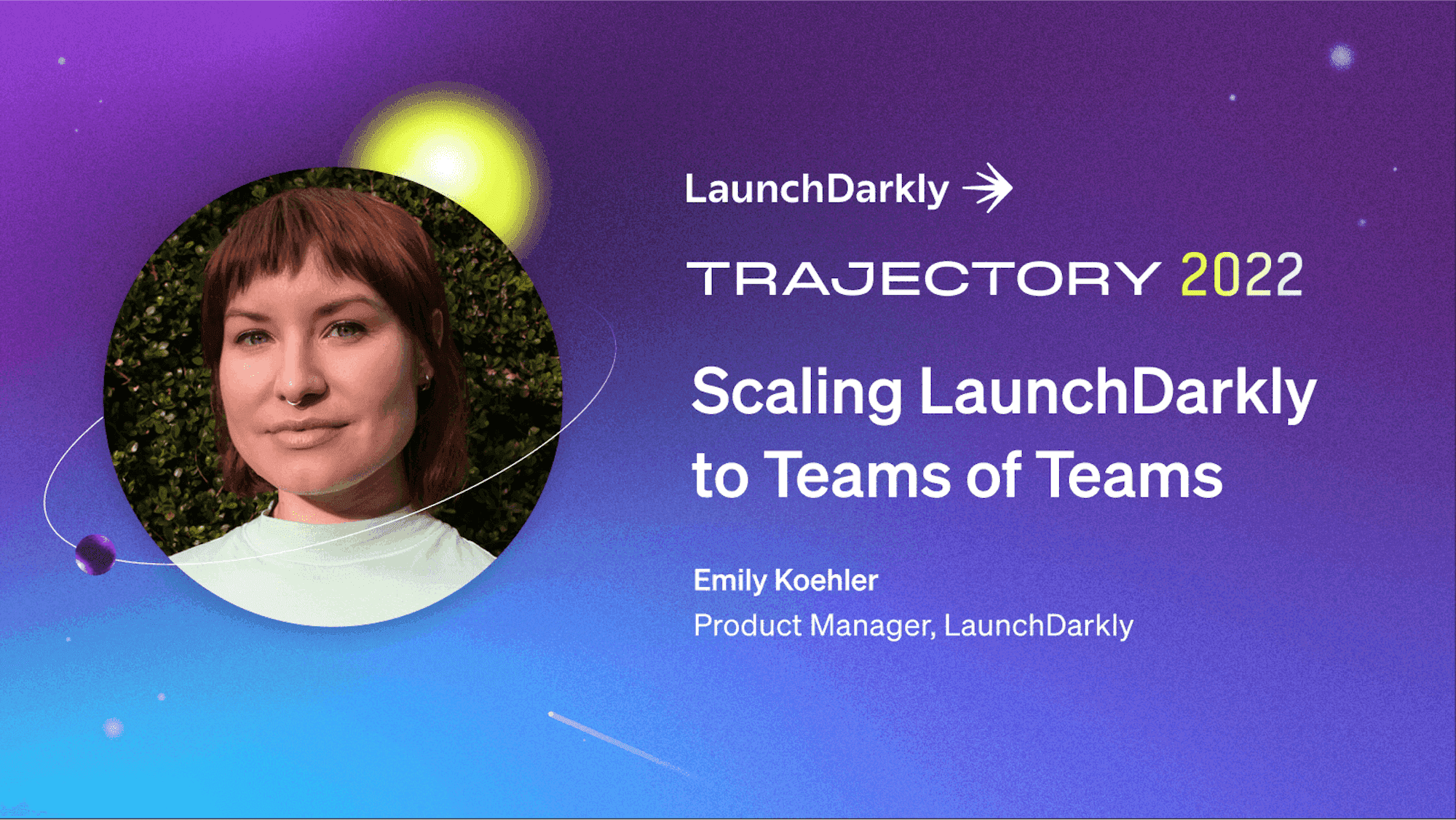
Scaling LaunchDarkly to Teams of Teams
Trajectory
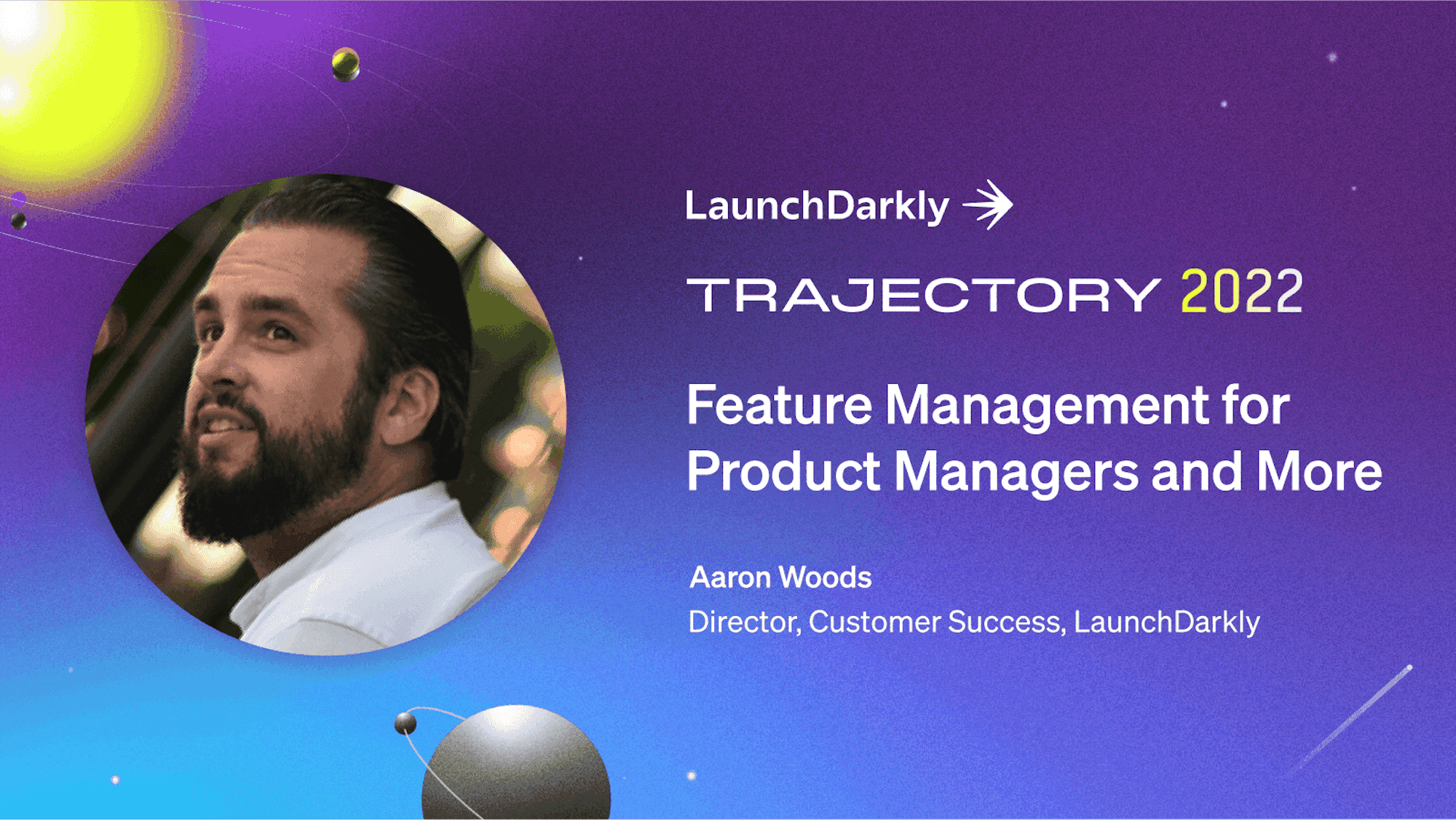
Feature Management For Product Managers and More
Trajectory
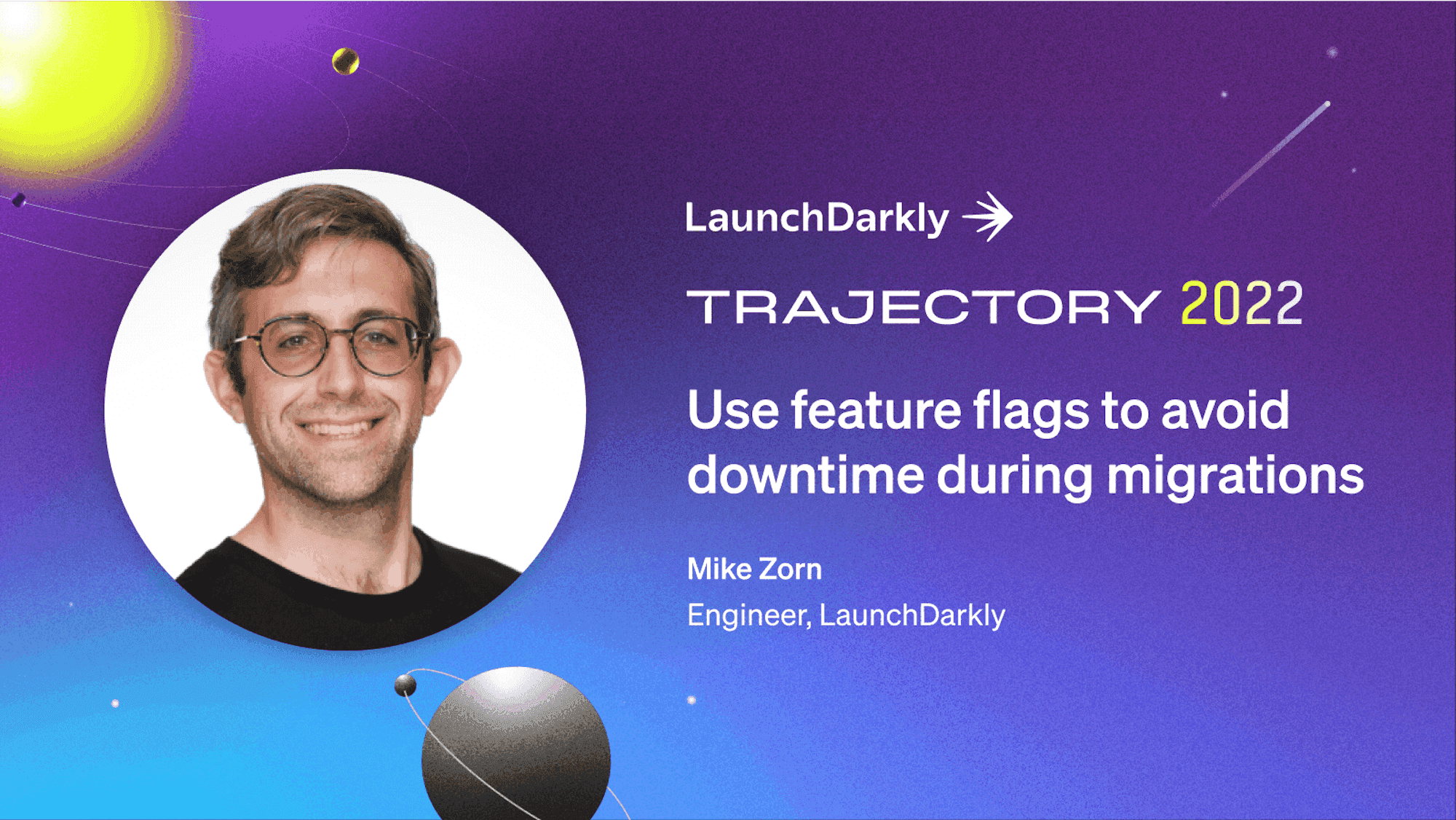
Use Feature Flags to Avoid Downtime During Migrations
Trajectory

Automating Progressive Delivery
Trajectory
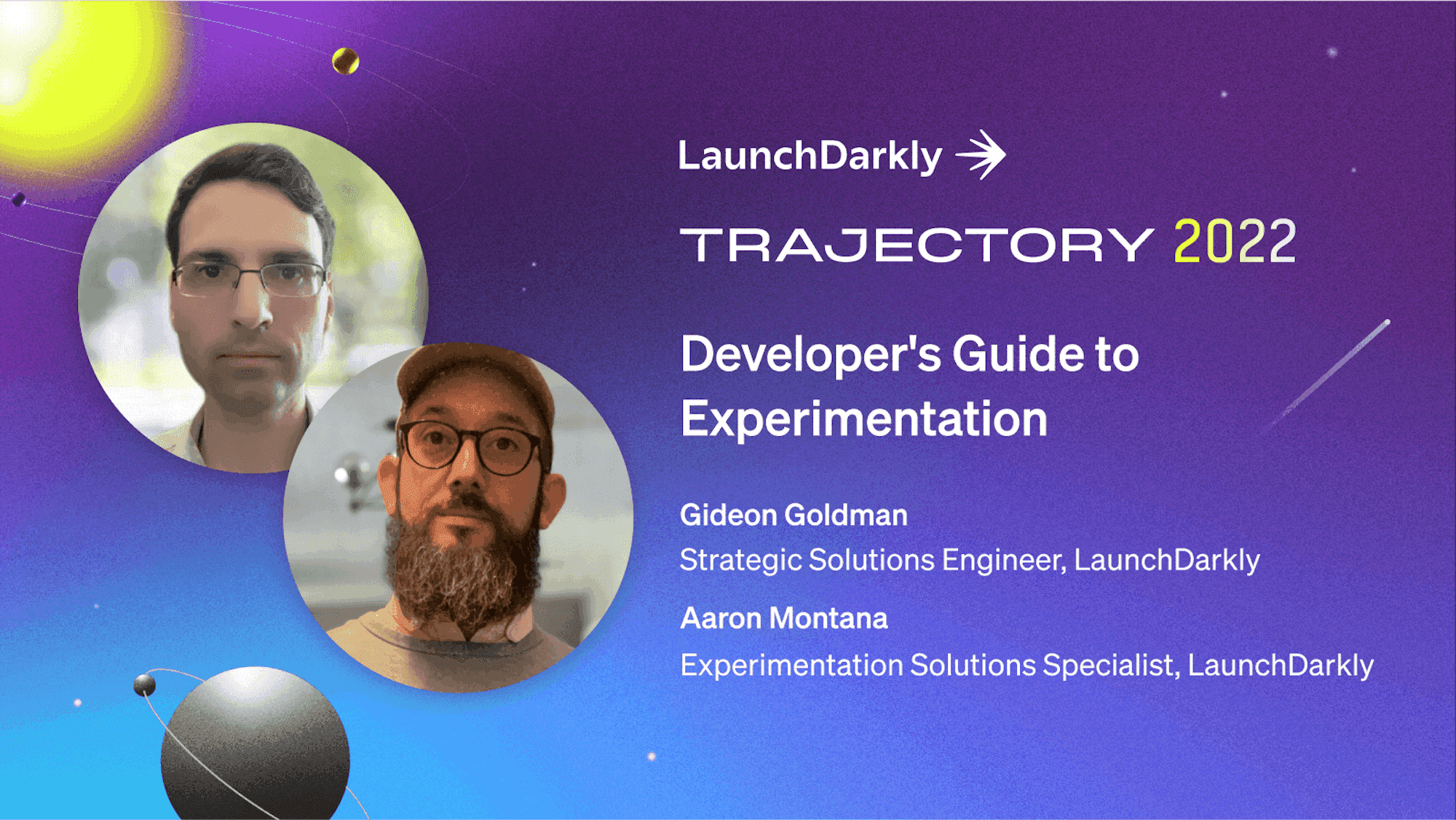
Developer's Guide to Experimentation with LaunchDarkly
Trajectory

The Power of Targeting Via Attributes
Trajectory

Building Dynamic Configuration into Terraform
Trajectory
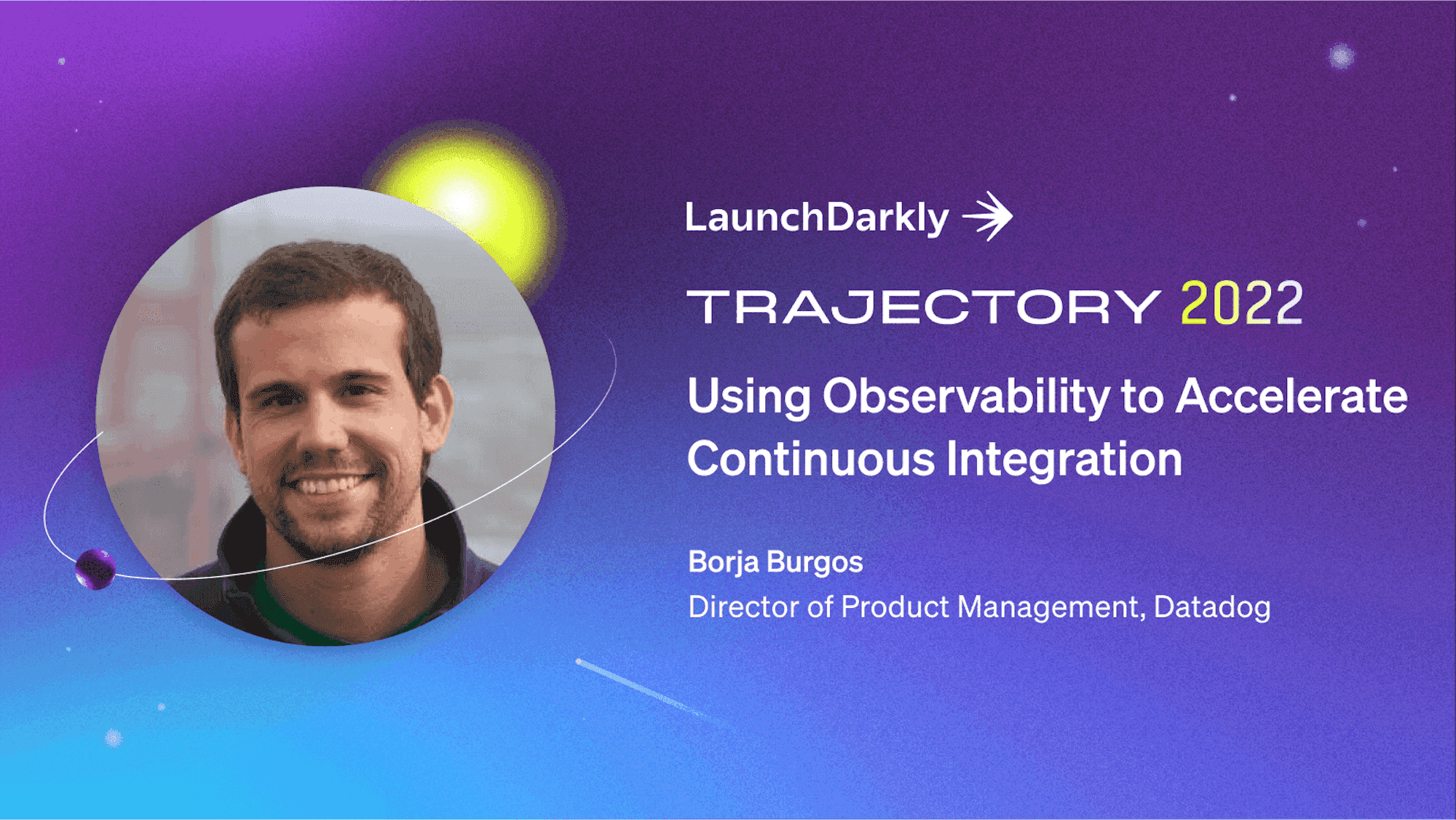
Using Observability to Accelerate Continuous Integration
Trajectory

5 Open Source Security Tools All Developers Should Know Abou...
Trajectory
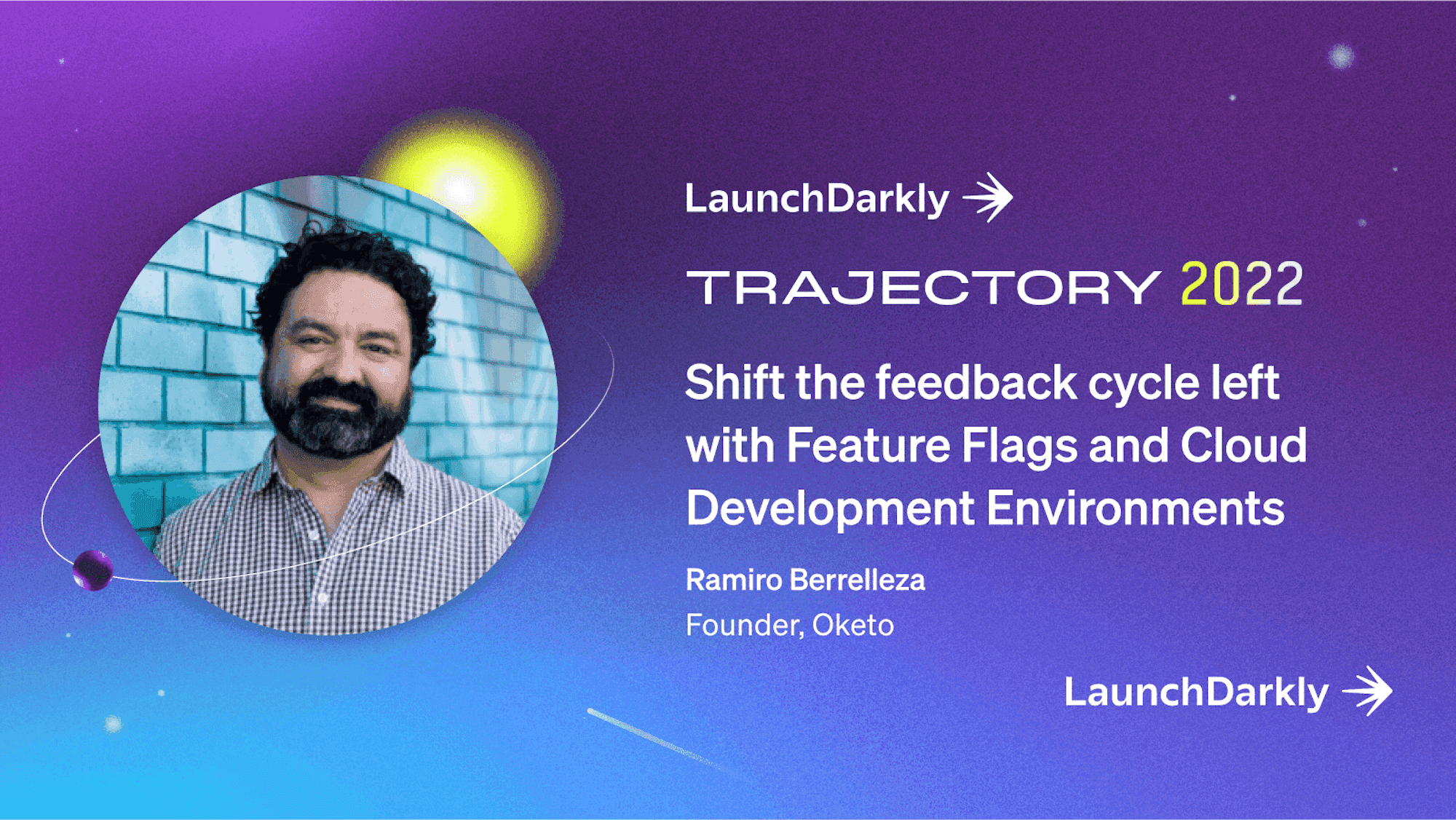
Shift the feedback cycle left with Feature Flags and Cloud D...
Trajectory
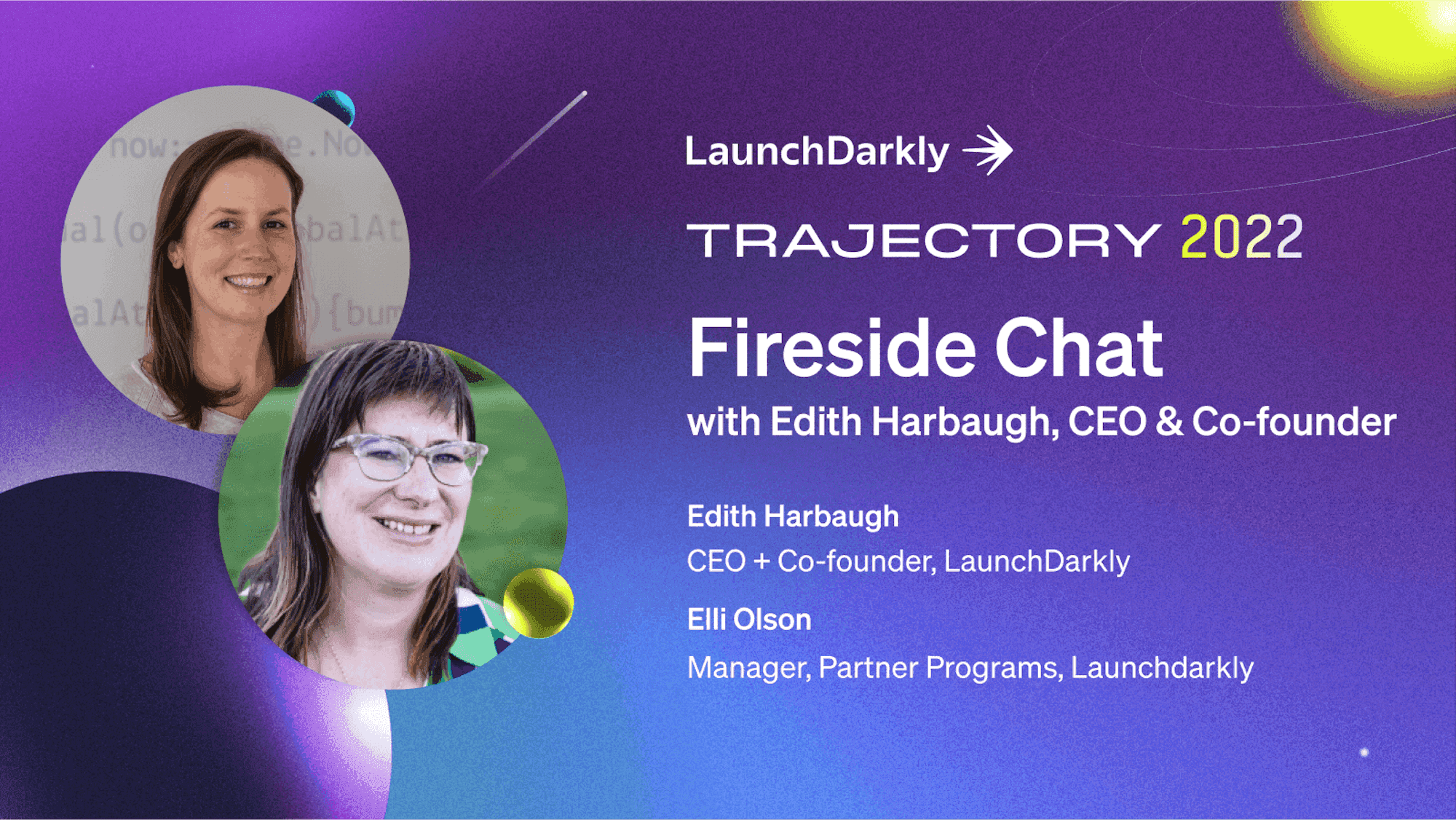
Fireside chat with Edith Harbaugh, LaunchDarkly CEO & Co-Fou...
Trajectory

Partner Summit: What to Expect When Co-selling with LaunchDa...
Trajectory
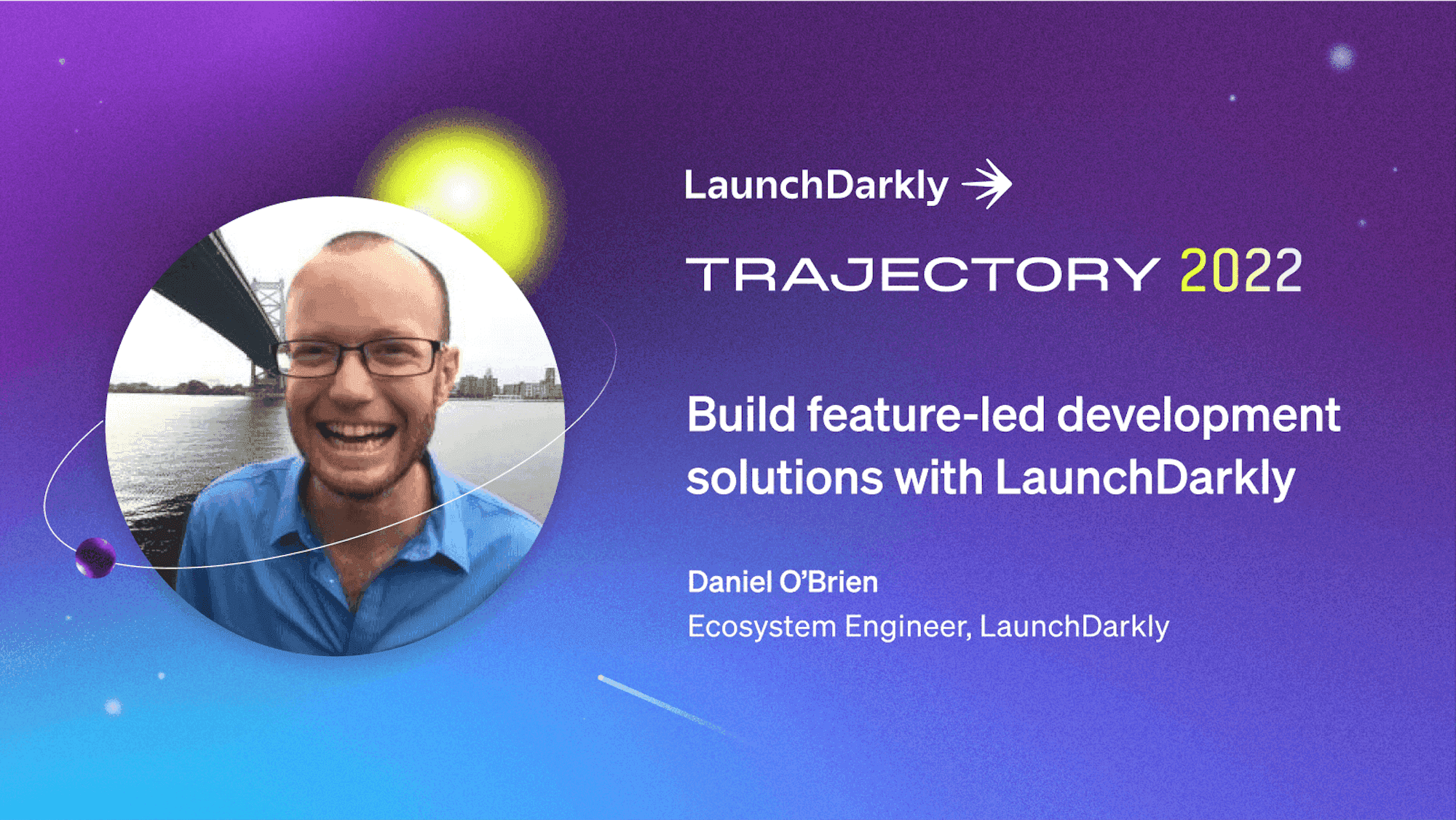
Partner Summit: Build feature-led development solutions with...
Trajectory

LaunchDarkly Product Demo
Trajectory
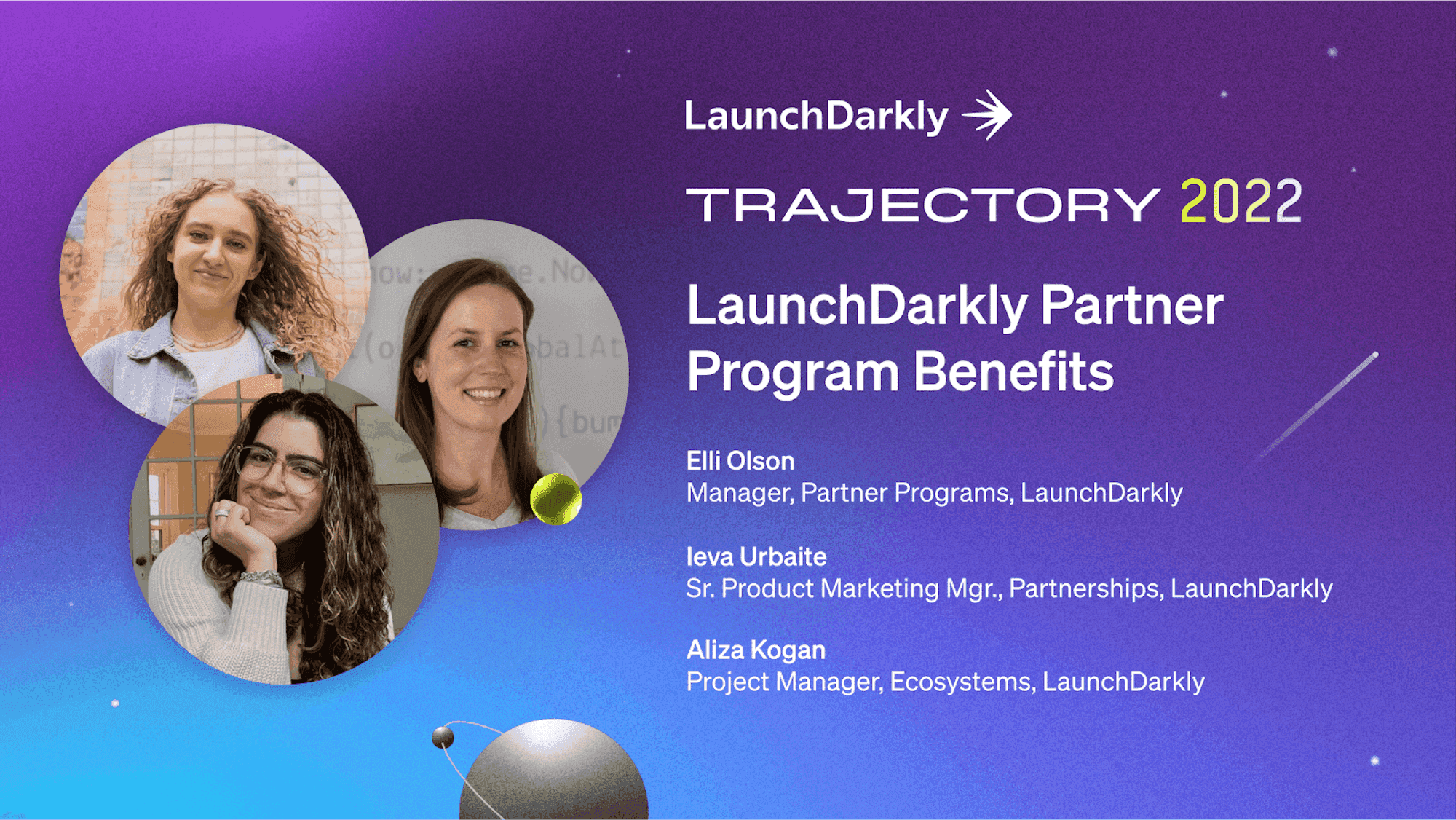
Partner Summit: LaunchDarkly Partner Program Benefits
Trajectory
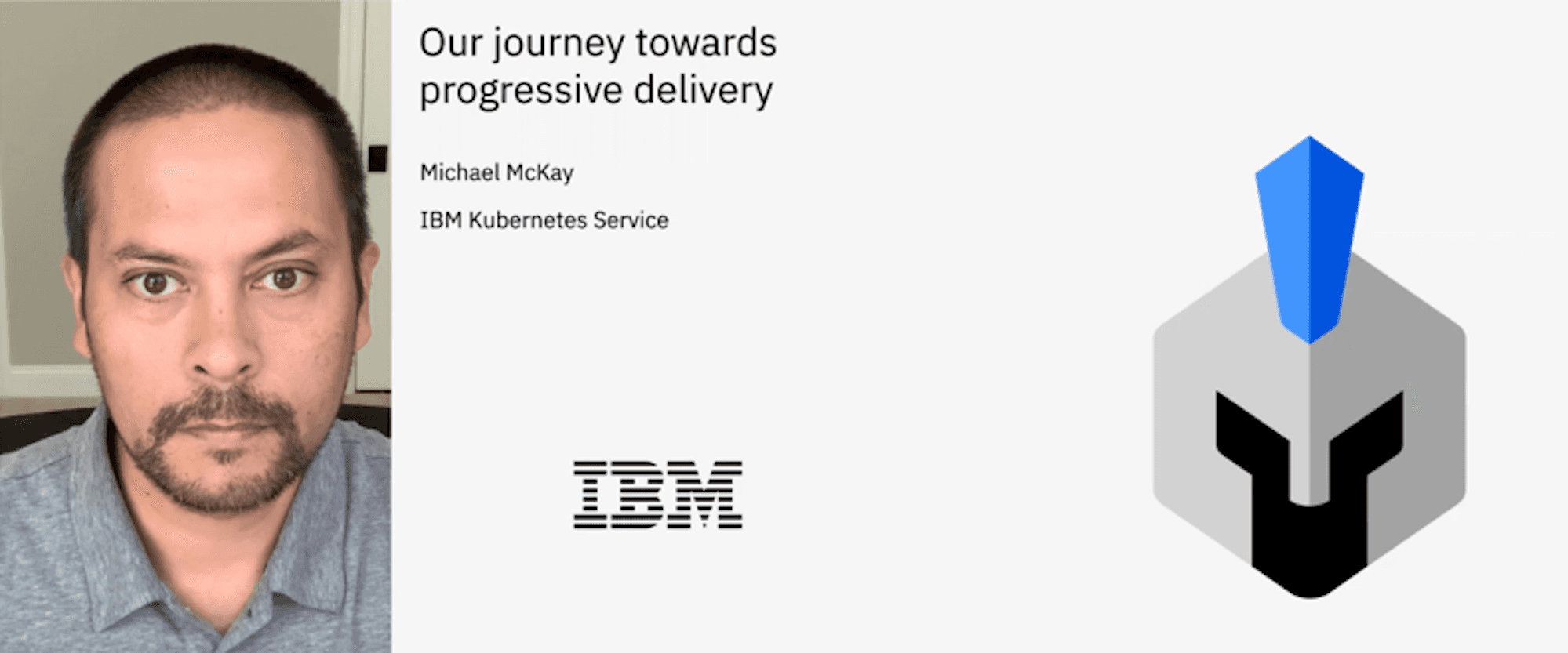
I Love Feature Flags!
Trajectory
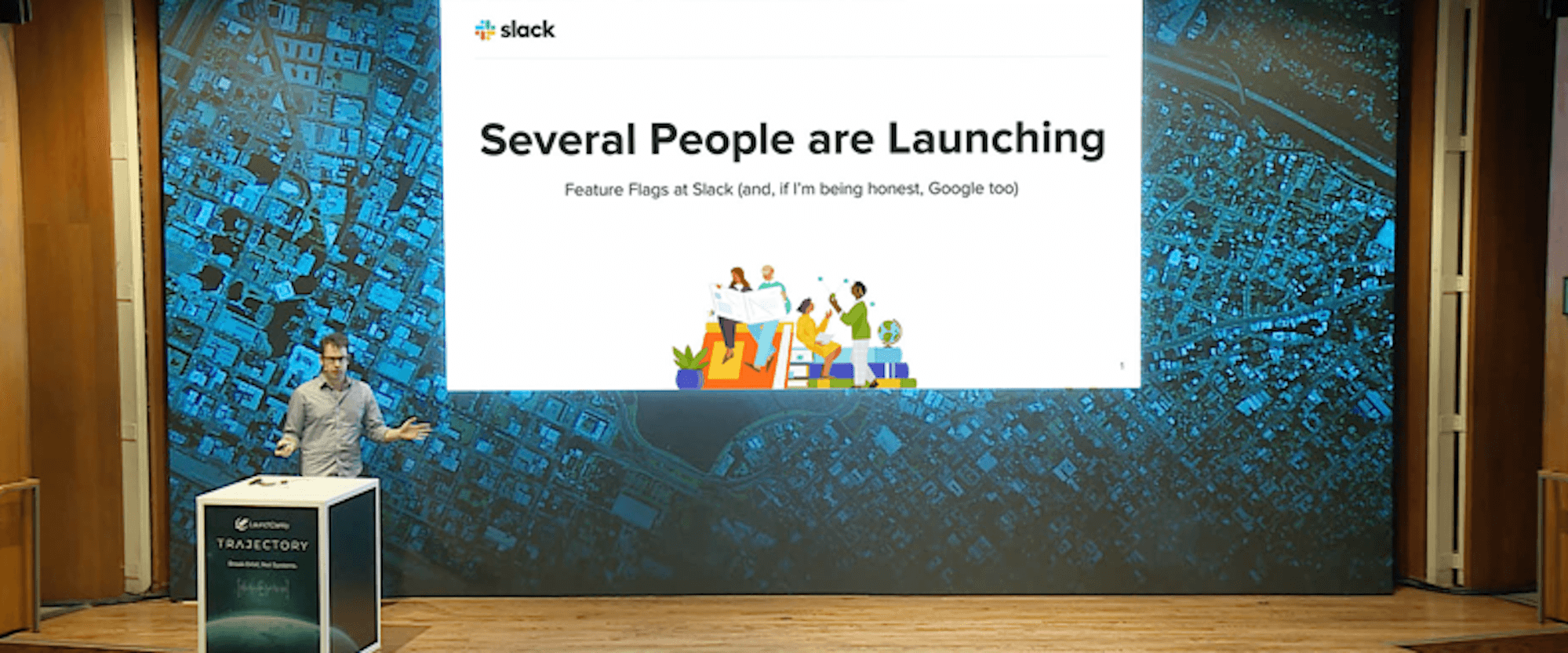
5 Real Ways to Use Feature Flags Across Product, Marketing, ...
Trajectory

Doing Deployments at Scale
Trajectory
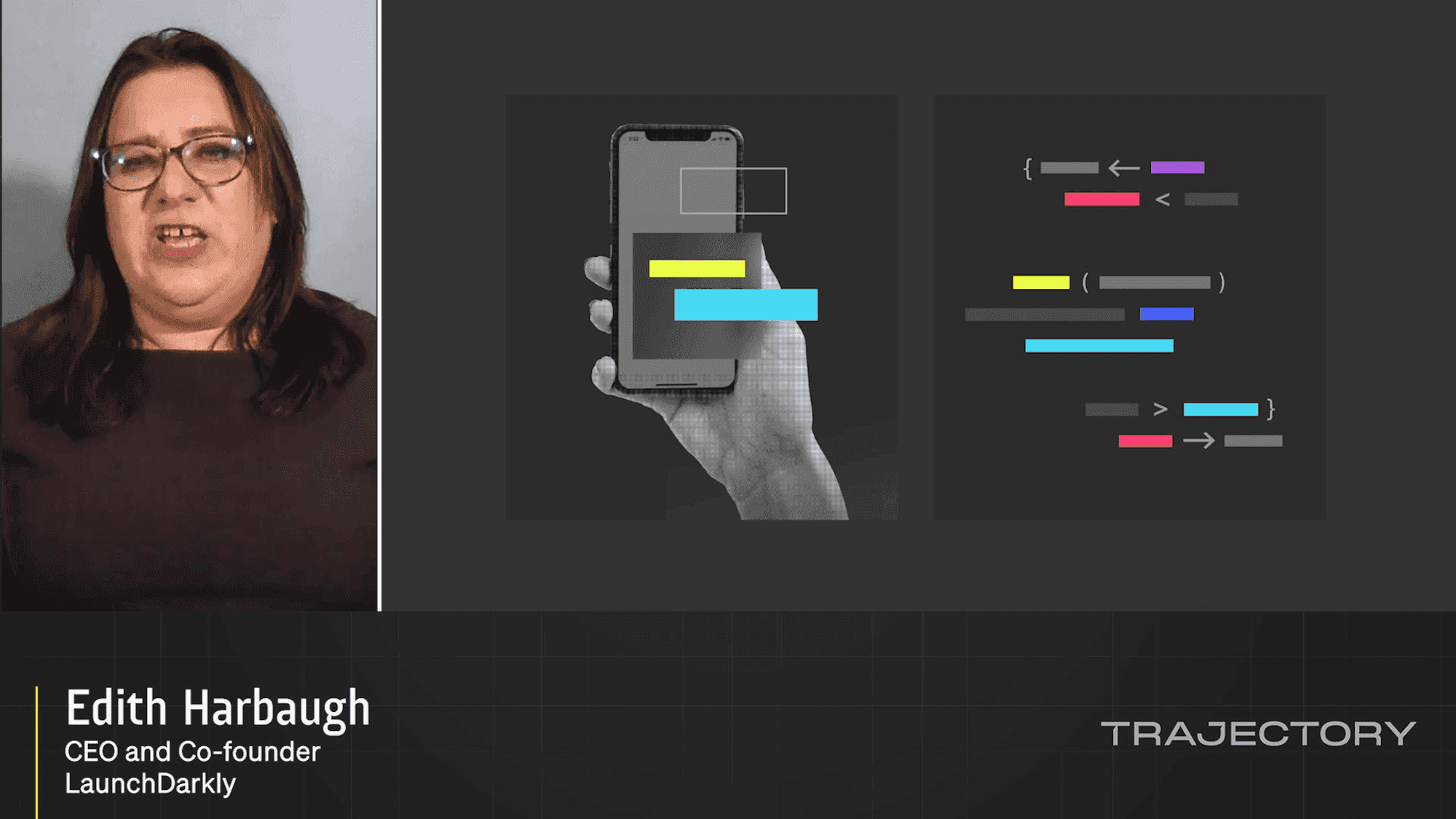
Clear Skies in the Cloud: Safer, Faster App Modernization wi...
Trajectory
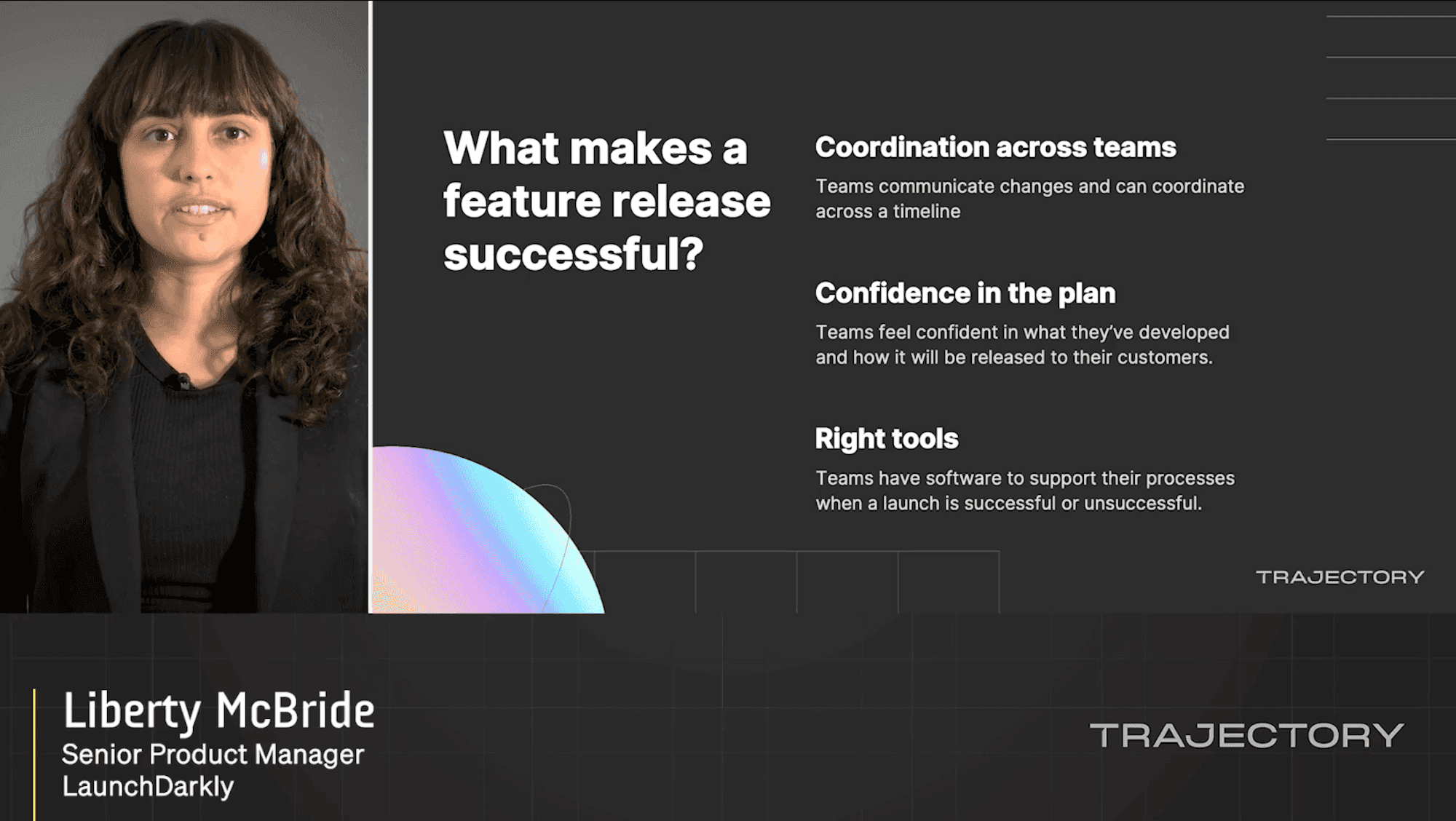
Product Deep Dives: Liberty McBride, Brandon Mensing, and Ro...
Trajectory
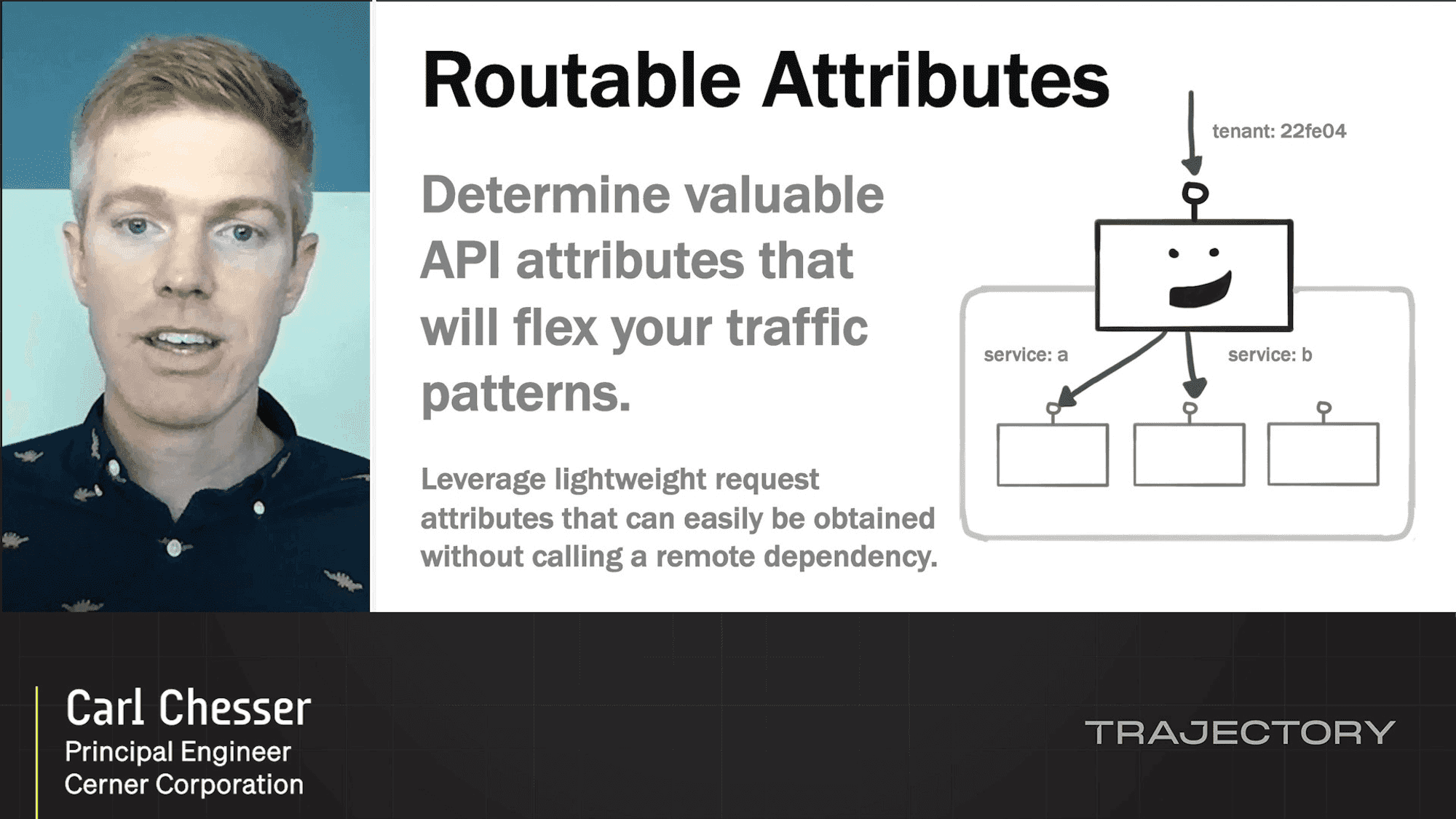
Learn in Production with Traffic Management
Trajectory
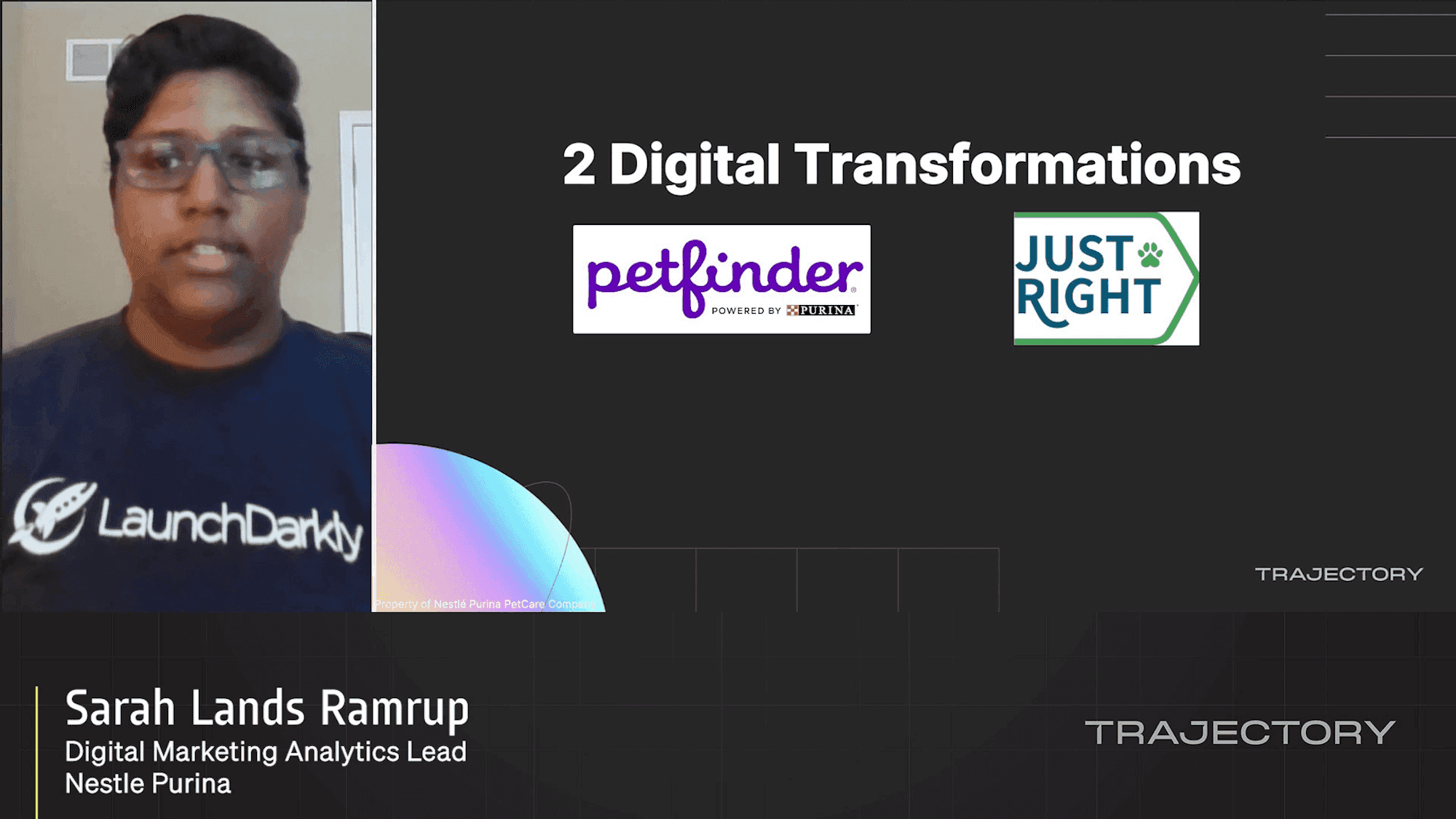
A Tale of Three Digital Transformations
Trajectory
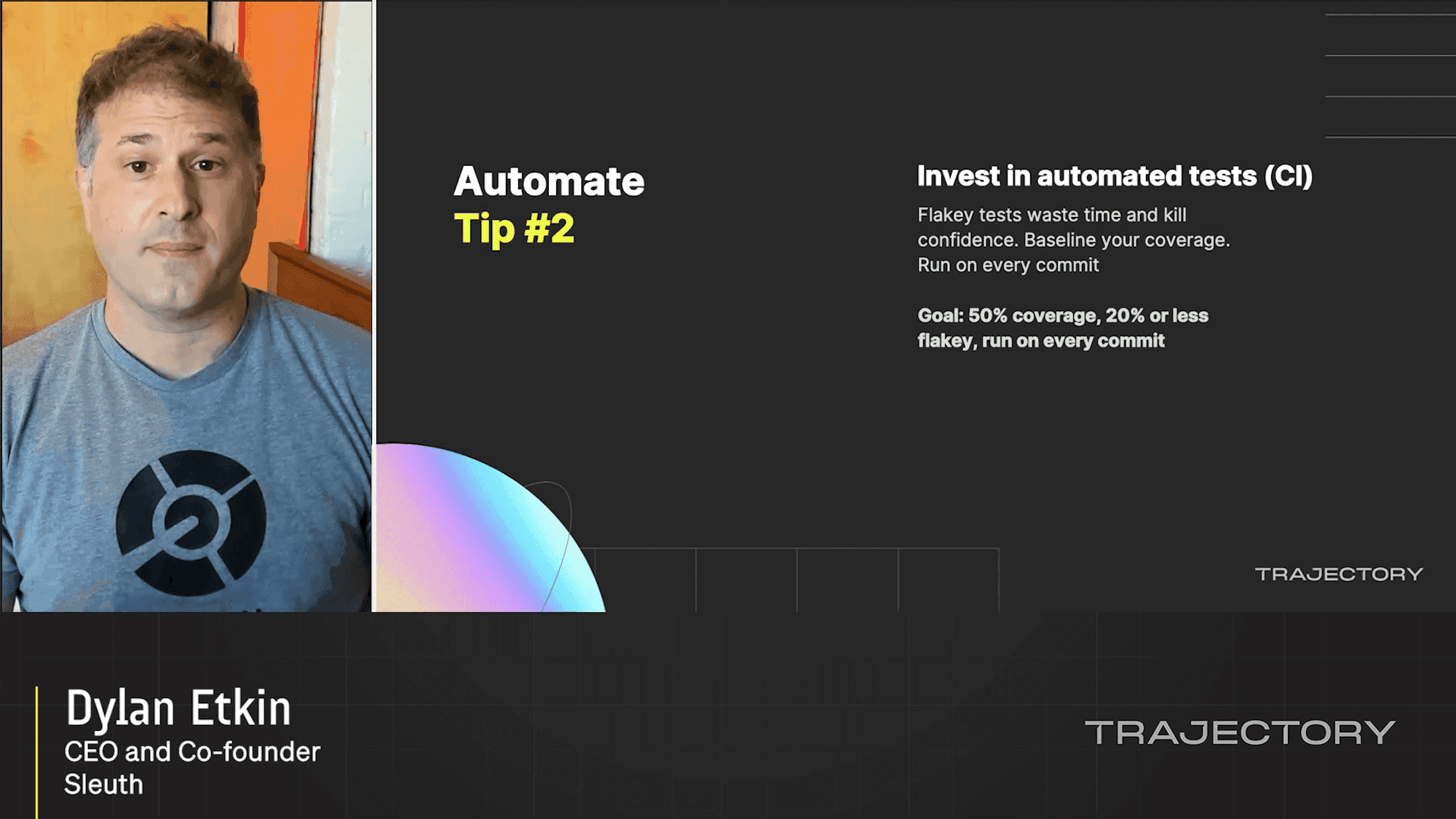
Going From Zero to 100 Deploys a Day
Trajectory
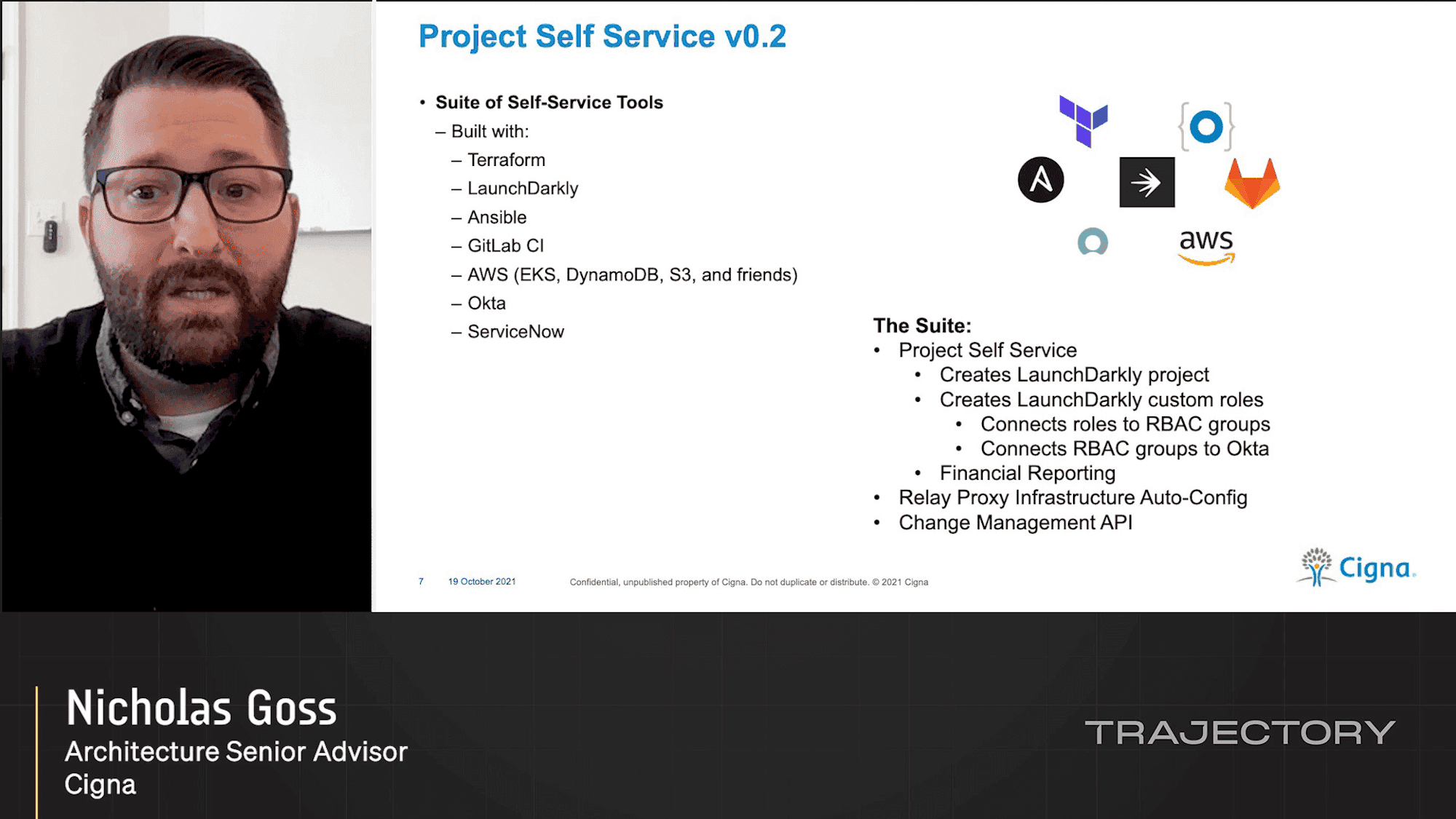
Building LaunchDarkly at Scale with Self Service
Trajectory

Rolling Out LaunchDarkly Using LaunchDarkly
Trajectory
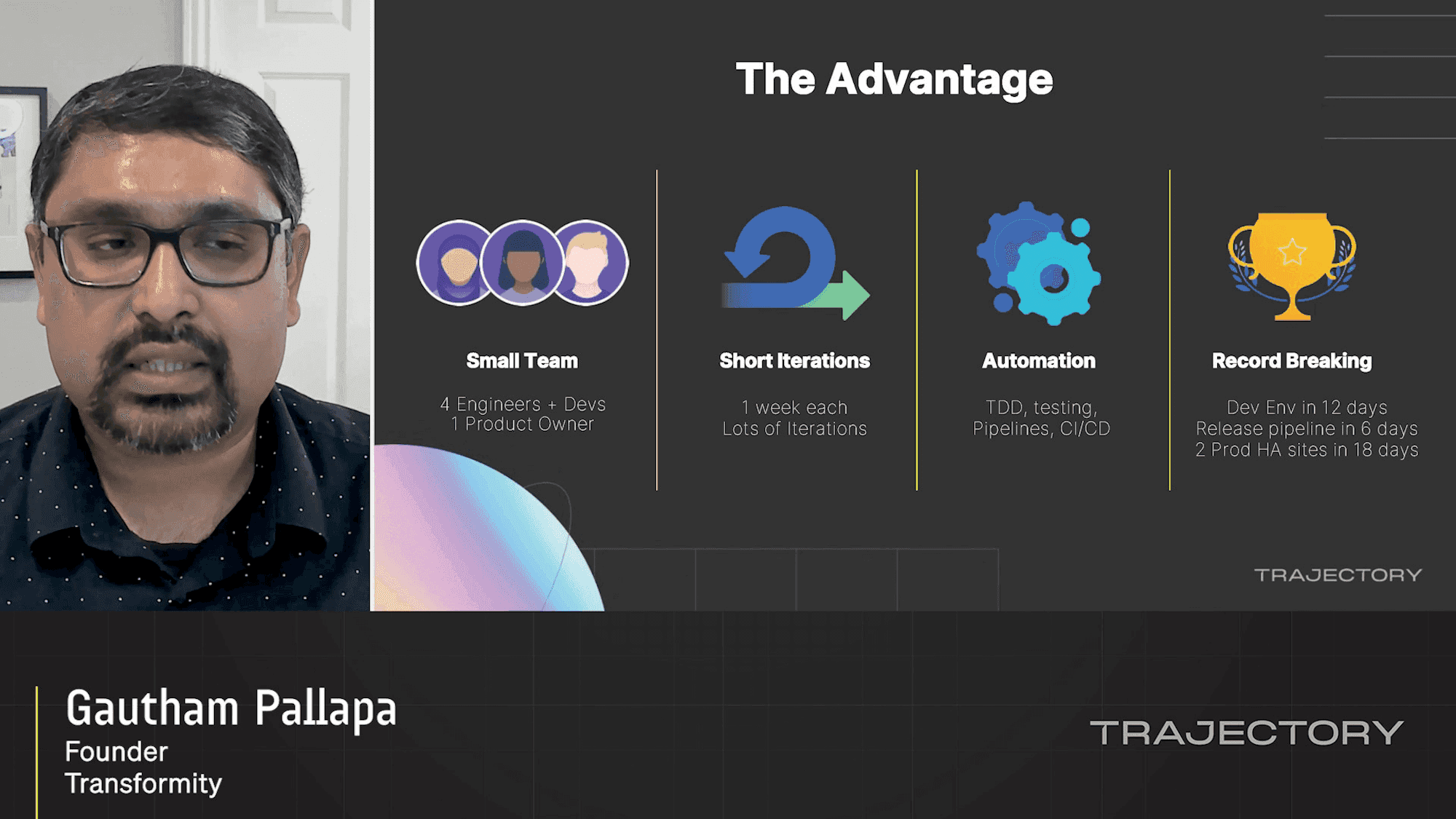
Rethink/Reimagine: Delivering Value in a Hybrid World
Trajectory
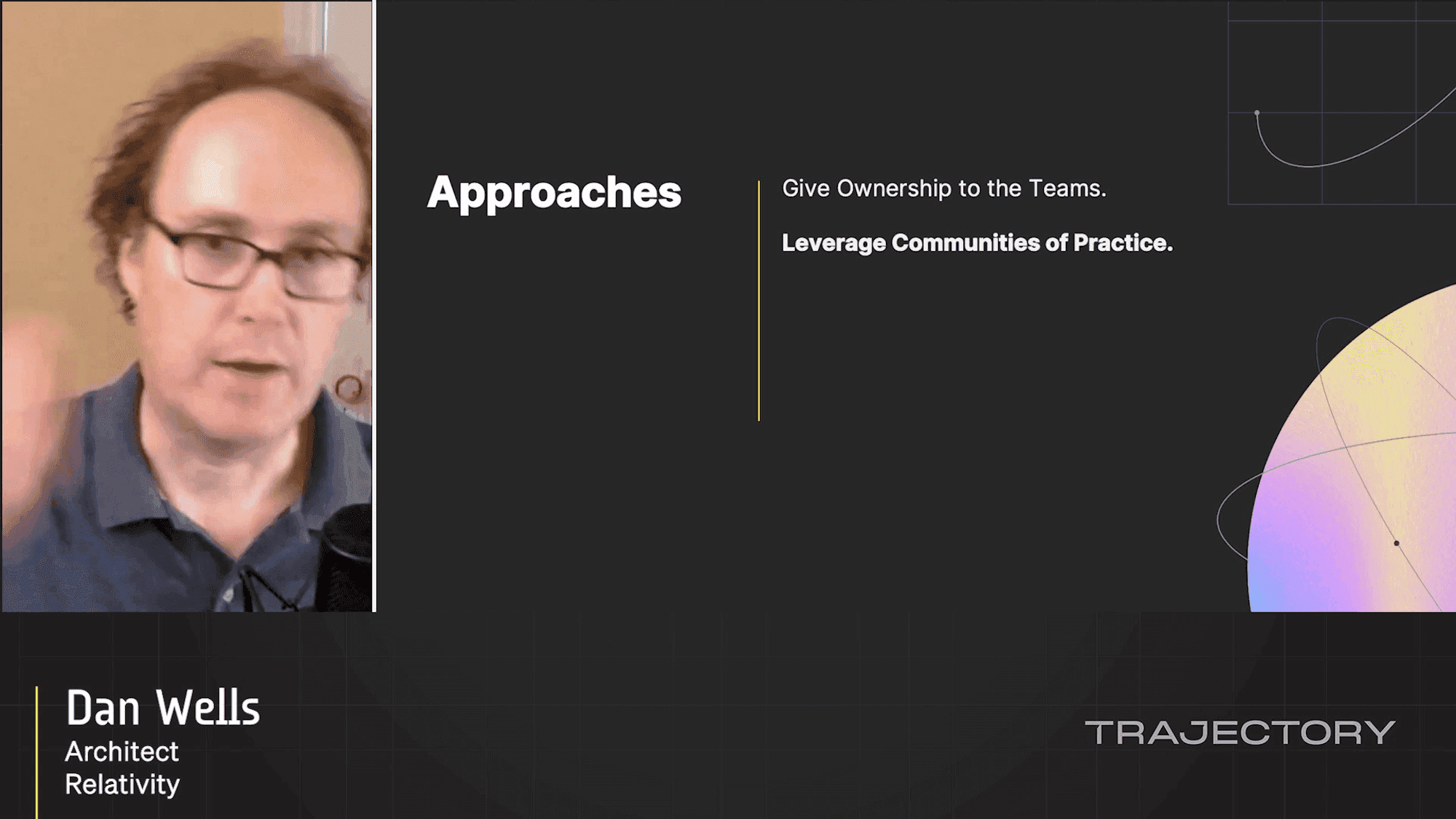
From Monolith to CI/CD
Trajectory
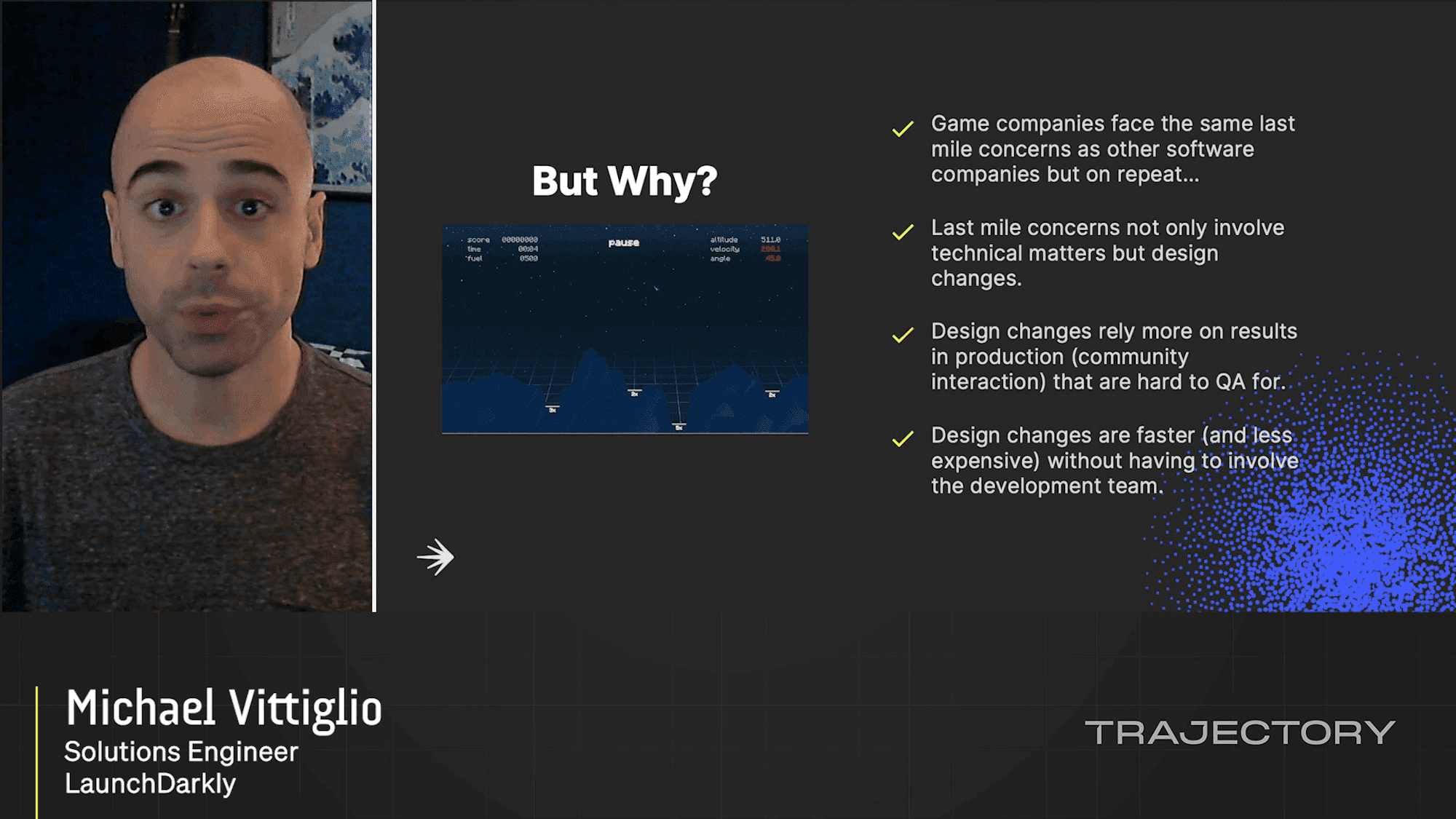
Game Dev Using LaunchDarkly
Trajectory
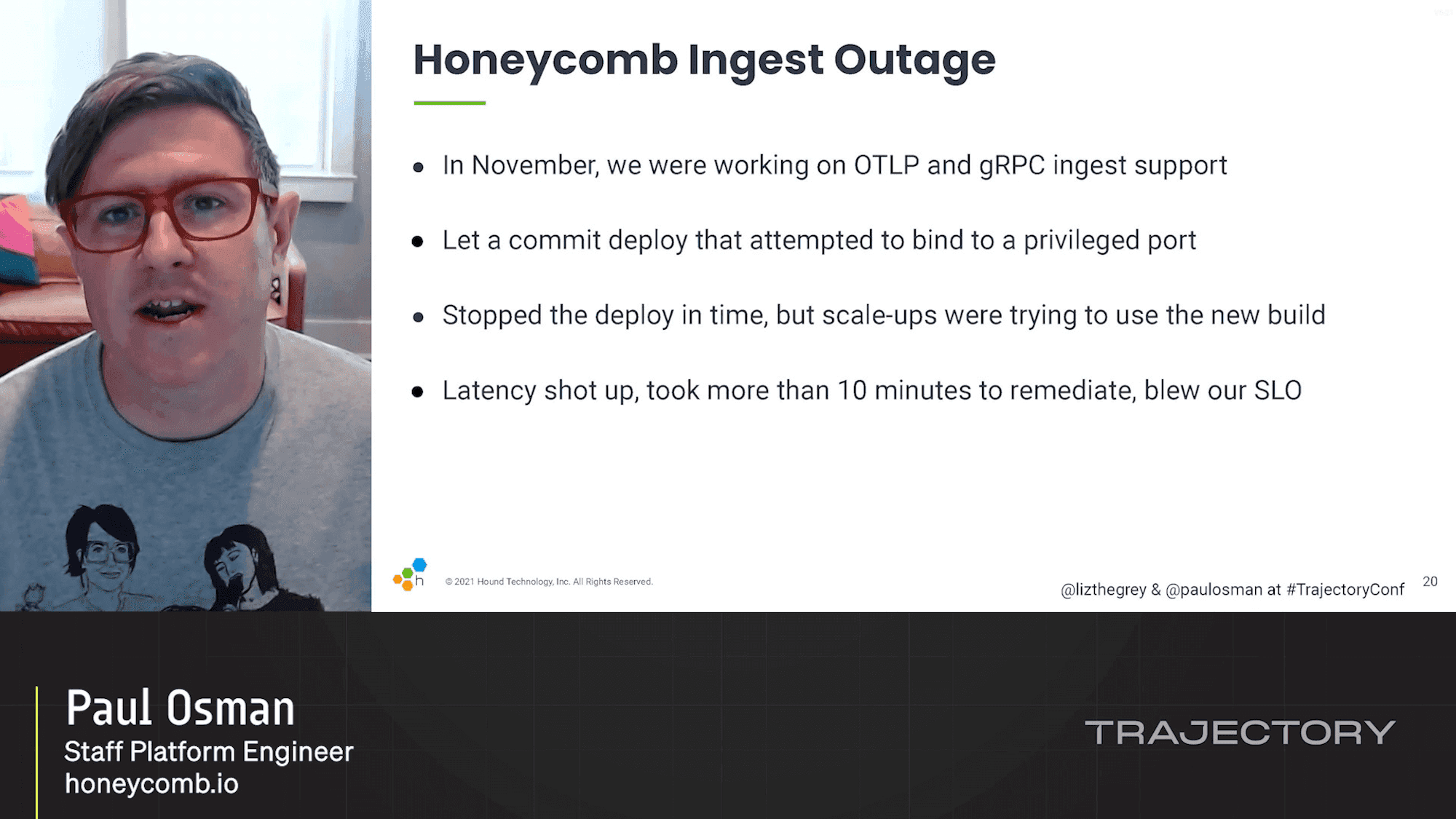
What To Do When You Blow Your Service Level Objectives
Trajectory

Fireside Chats: Edith Harbaugh & Chase Brammer
Trajectory
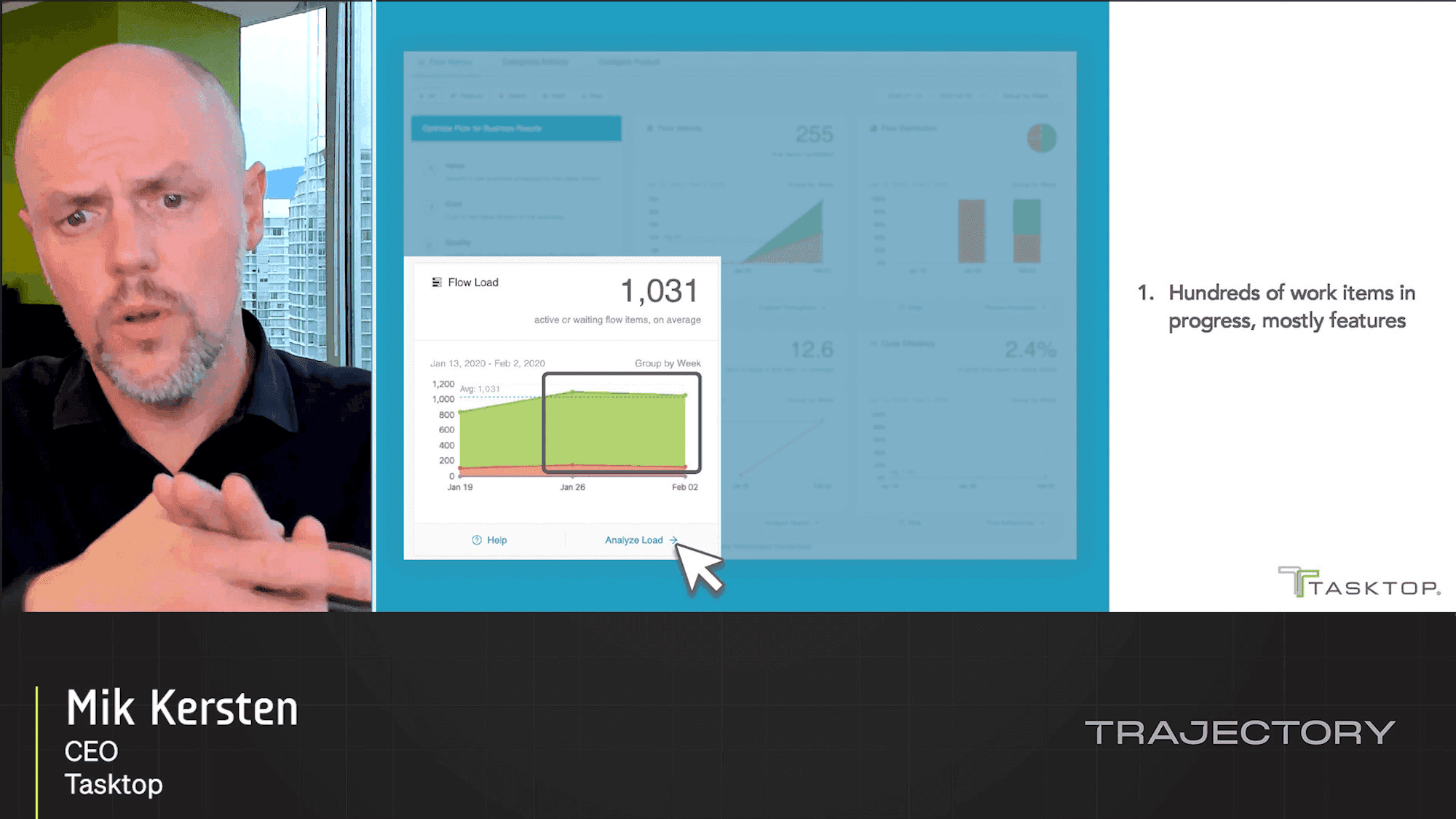
Project to Product: Measuring Digital Outcomes with the Flow...
Trajectory
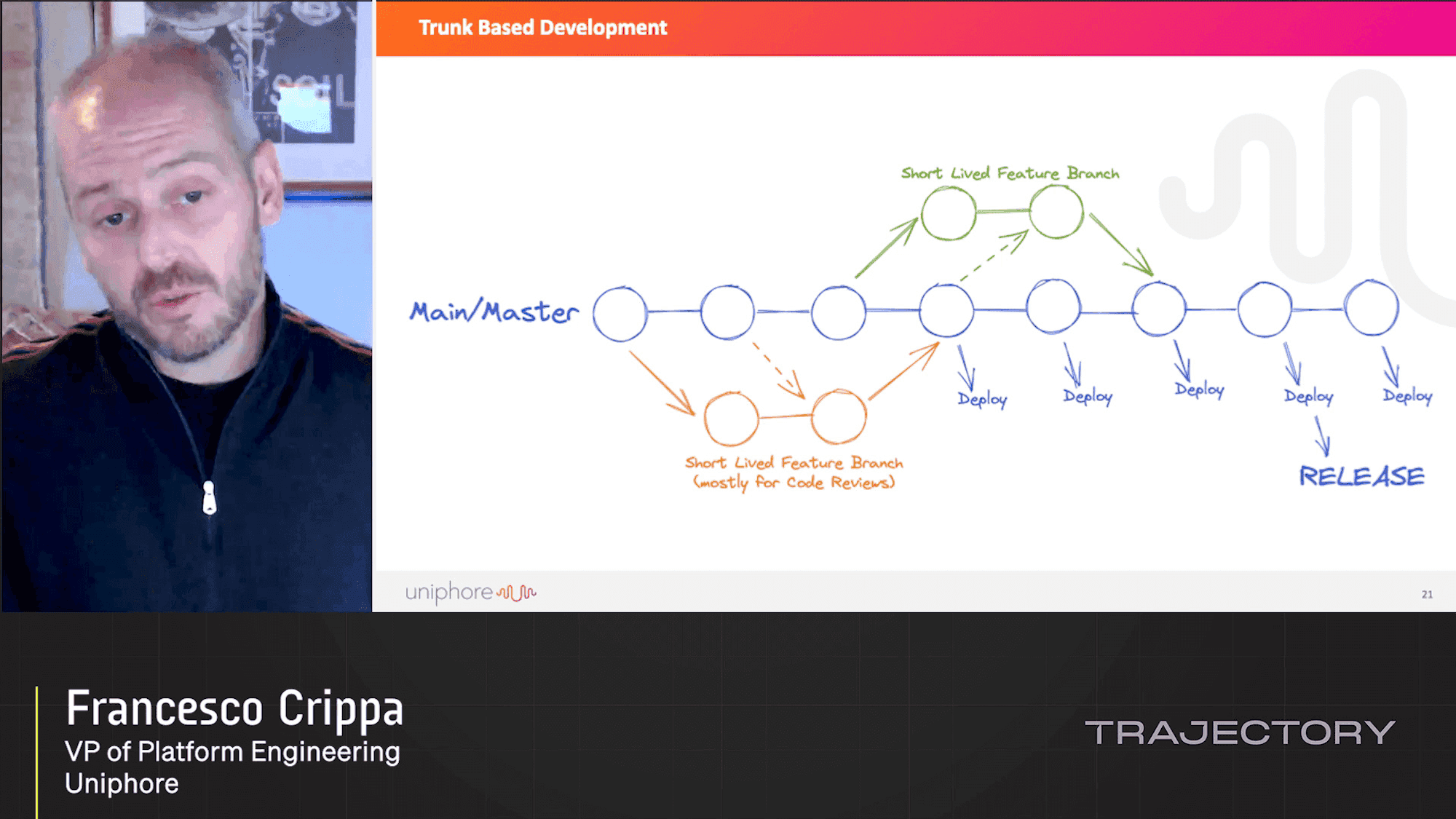
FDD: Flag (and Test!) Driven Development
Trajectory

Fireside Chats: Edith Harbaugh & Ravi Upad
Trajectory

Kubernetes, You Rainbow-Infused Space Unicorn: What Leslie K...
Trajectory
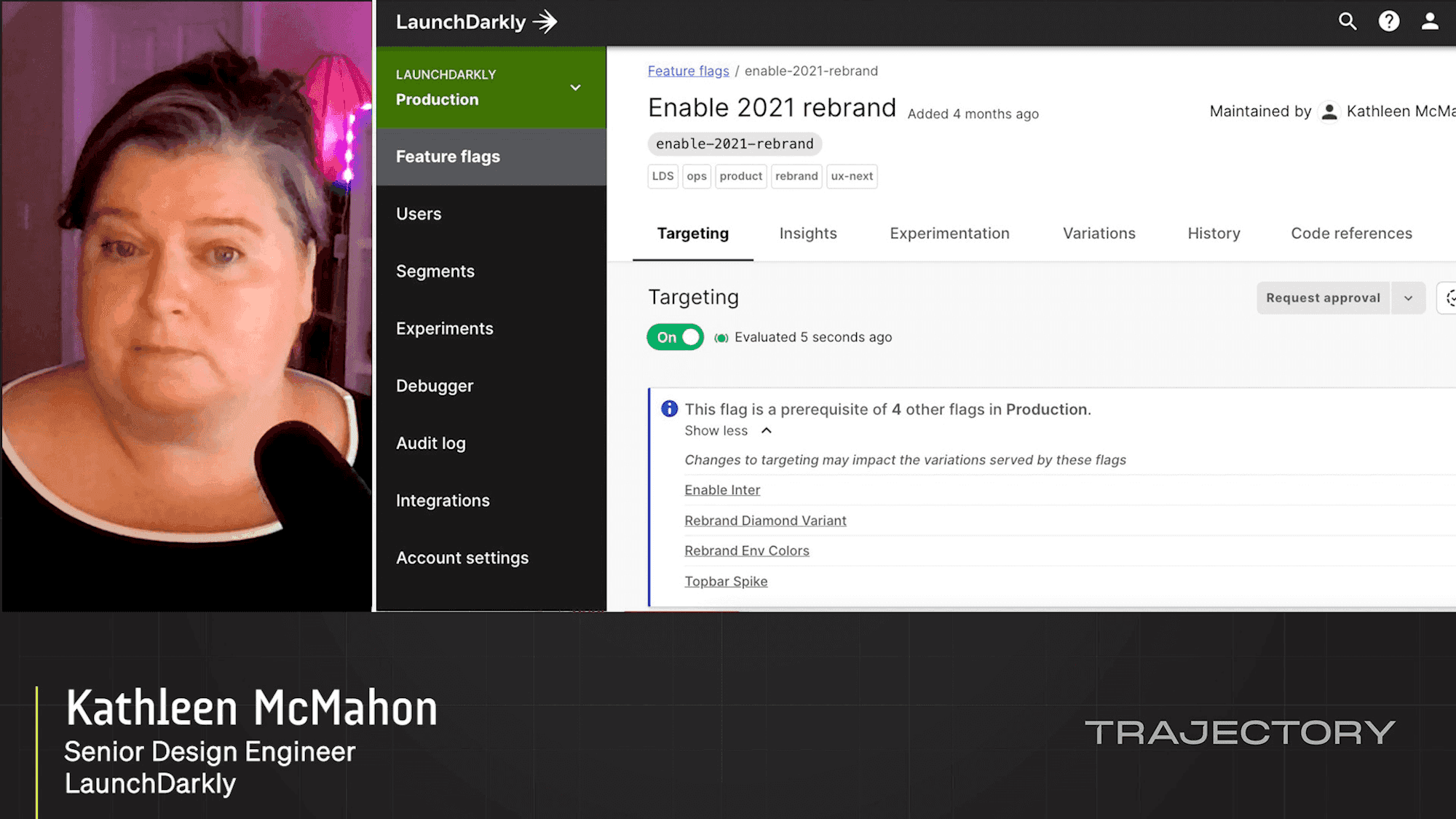
Stealth-mode North Star: Rebranding in Secret with Feature F...
Trajectory
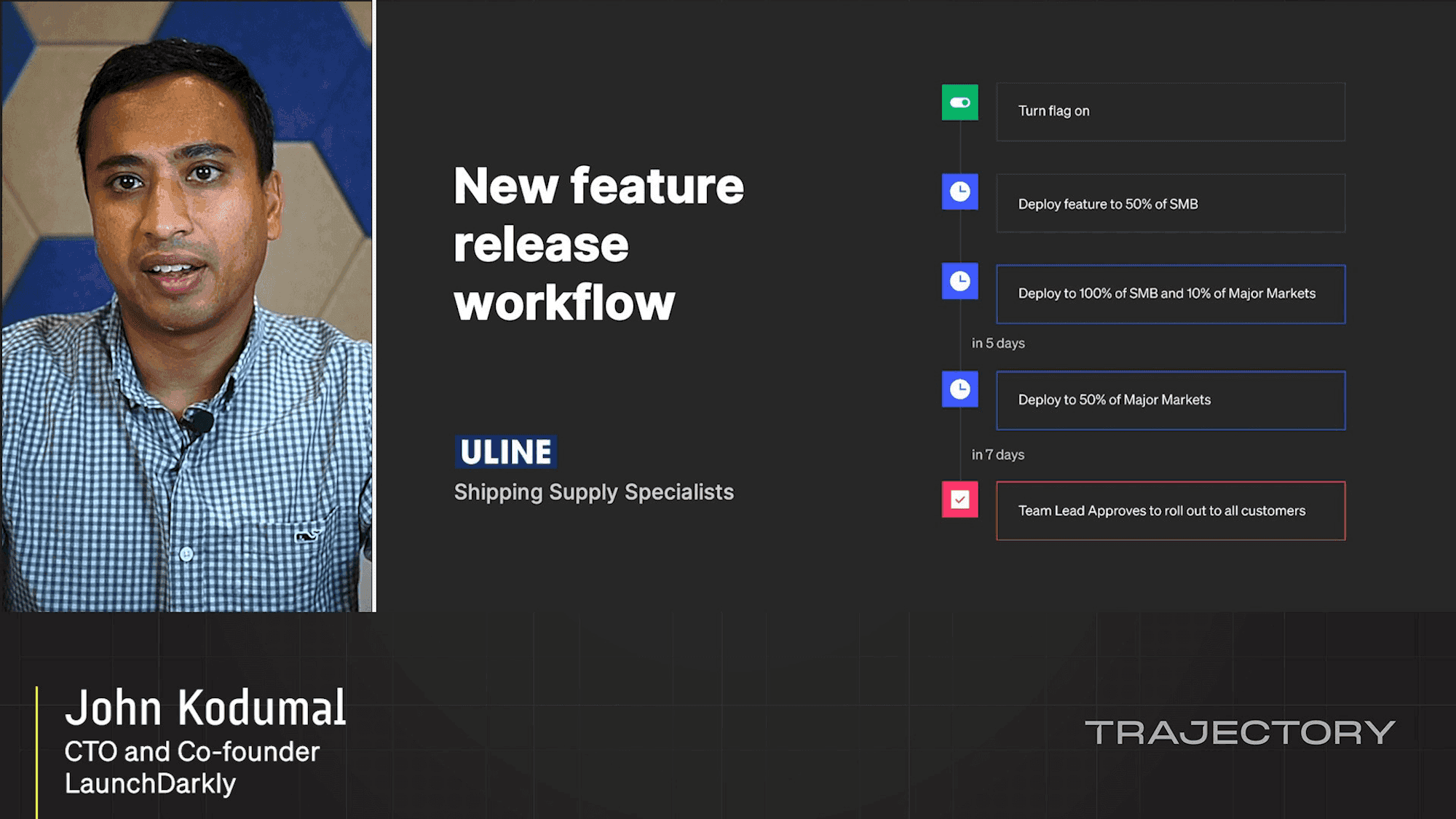
Product Keynote: John Kodumal
Trajectory
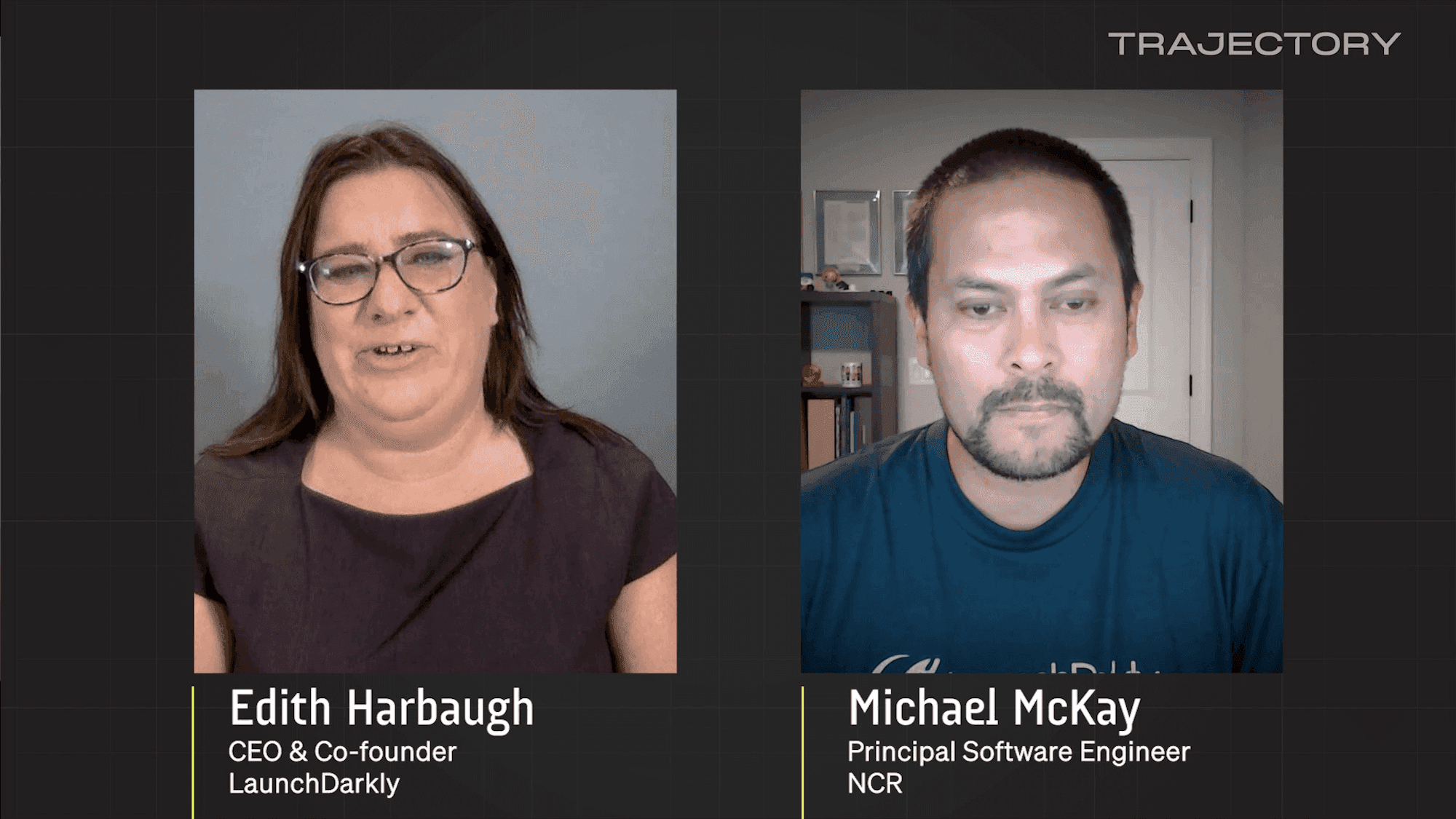
Fireside Chats: Edith Harbaugh & Michael McKay
Trajectory

Building the Circle of Faith: How Corporate Culture Builds T...
Trajectory

Flipr: Uber’s Dynamic Configuration Platform
Trajectory

Enterprise Empathy: Coping with Stress in Business Transform...
Trajectory

Ones and Zeros
Trajectory
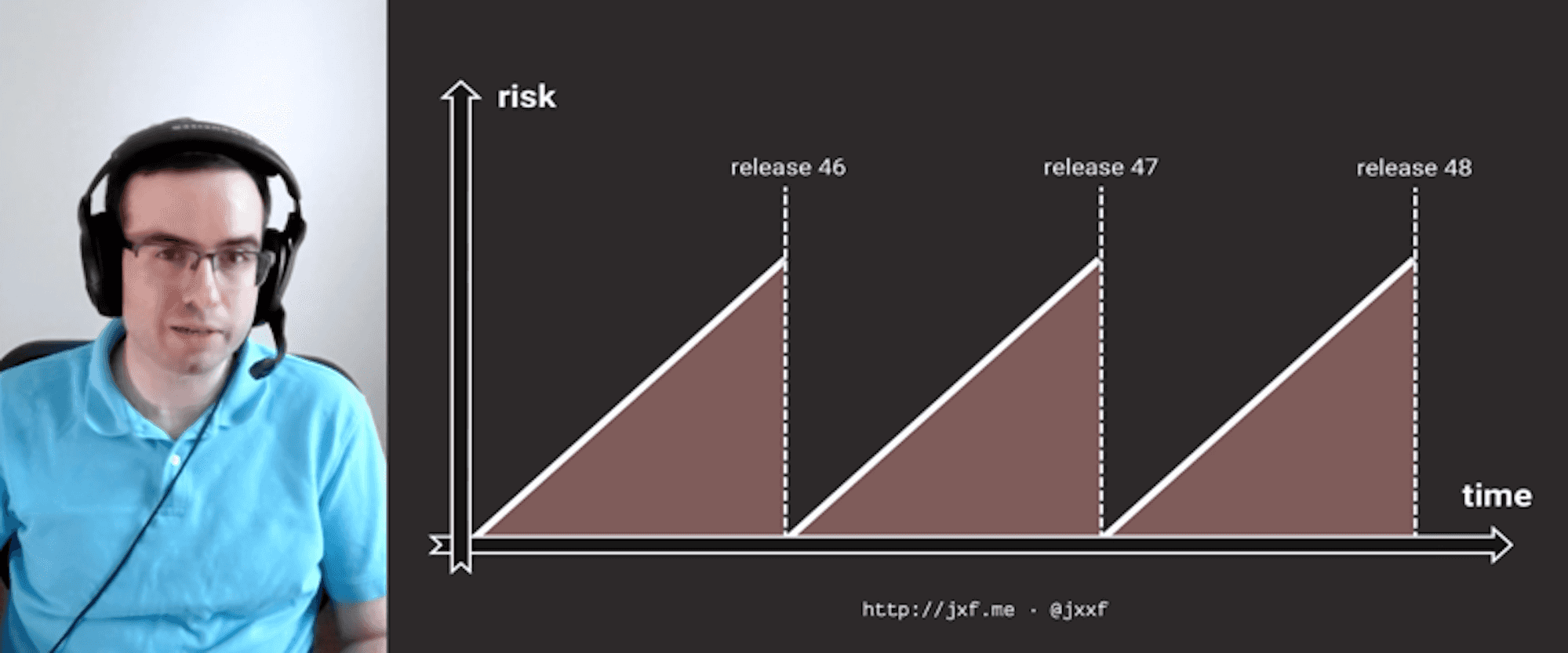
Making Releases Boring in the Enterprise
Trajectory
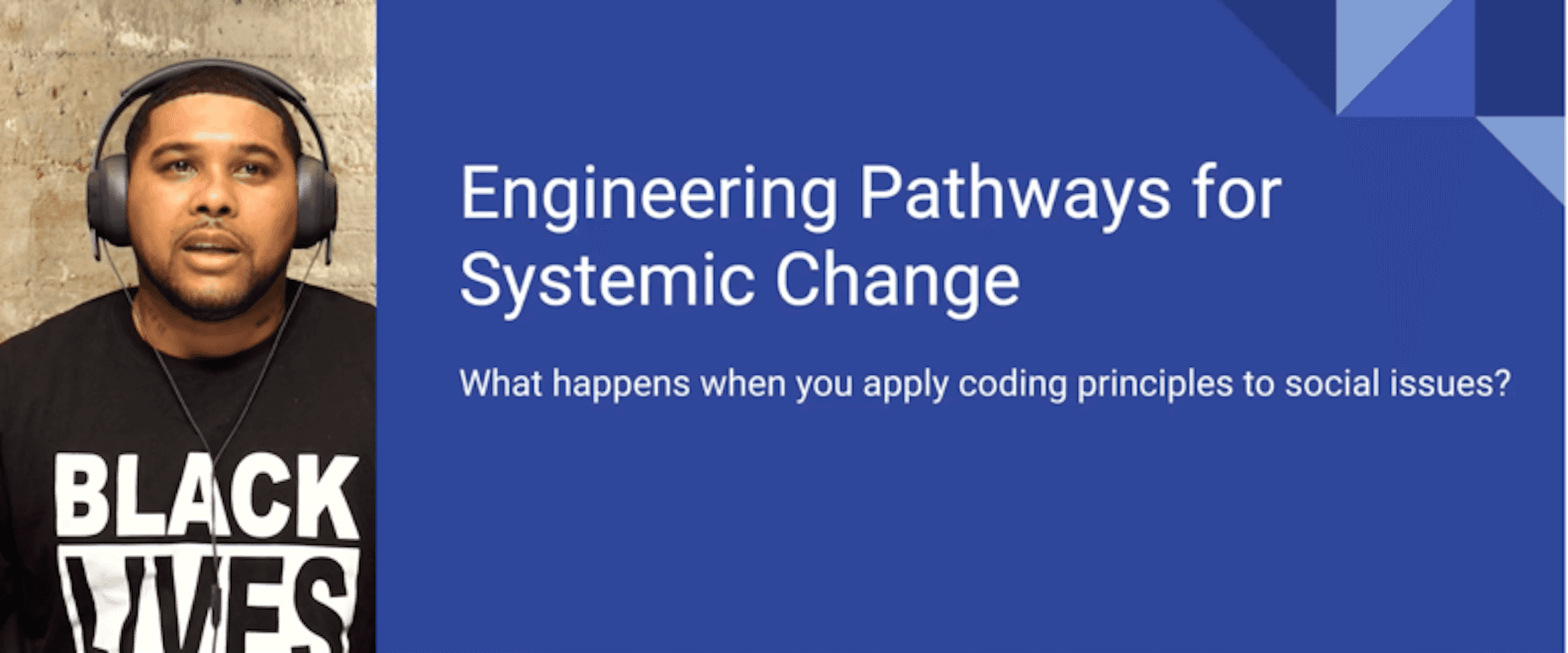
Engineering Pathways for Systemic Change – What Happens When...
Trajectory

No Fear: Scaling the Xero Developer Platform
Trajectory

The Power of Feature Workflows
Trajectory

Champion versus Challenger
Trajectory

Launch Day Workflows
Trajectory
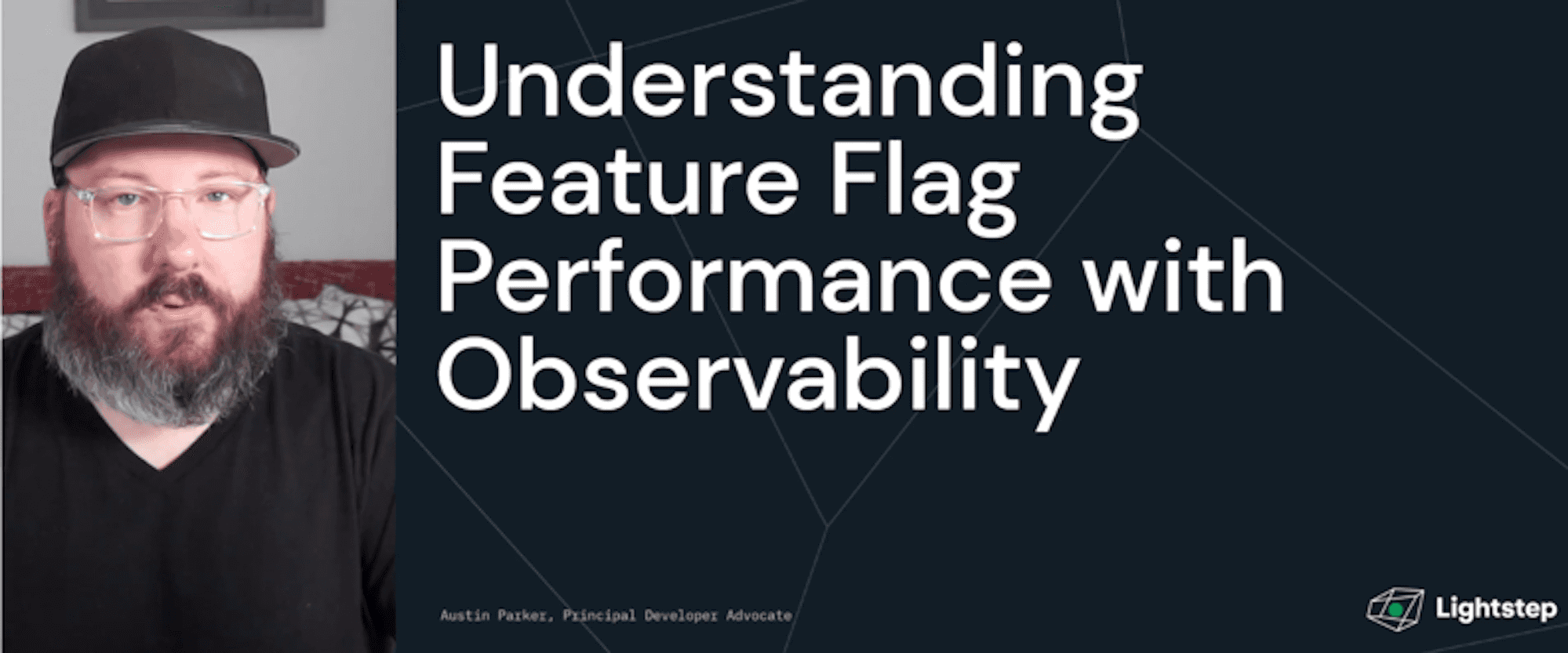
Understanding Feature Flag Performance with Observability
Trajectory

How Progressive Delivery Enables us to Chaos Engineering
Trajectory

How LaunchDarkly's systems break orbit
Trajectory

Shipping and Learning Fast via Feature Flags
Trajectory
.png)
How to Build Self Healing Systems and a Kill Switch. (Error ...
Trajectory

How Betway Tests in Production: Hypothesis Driven Developmen...
Trajectory
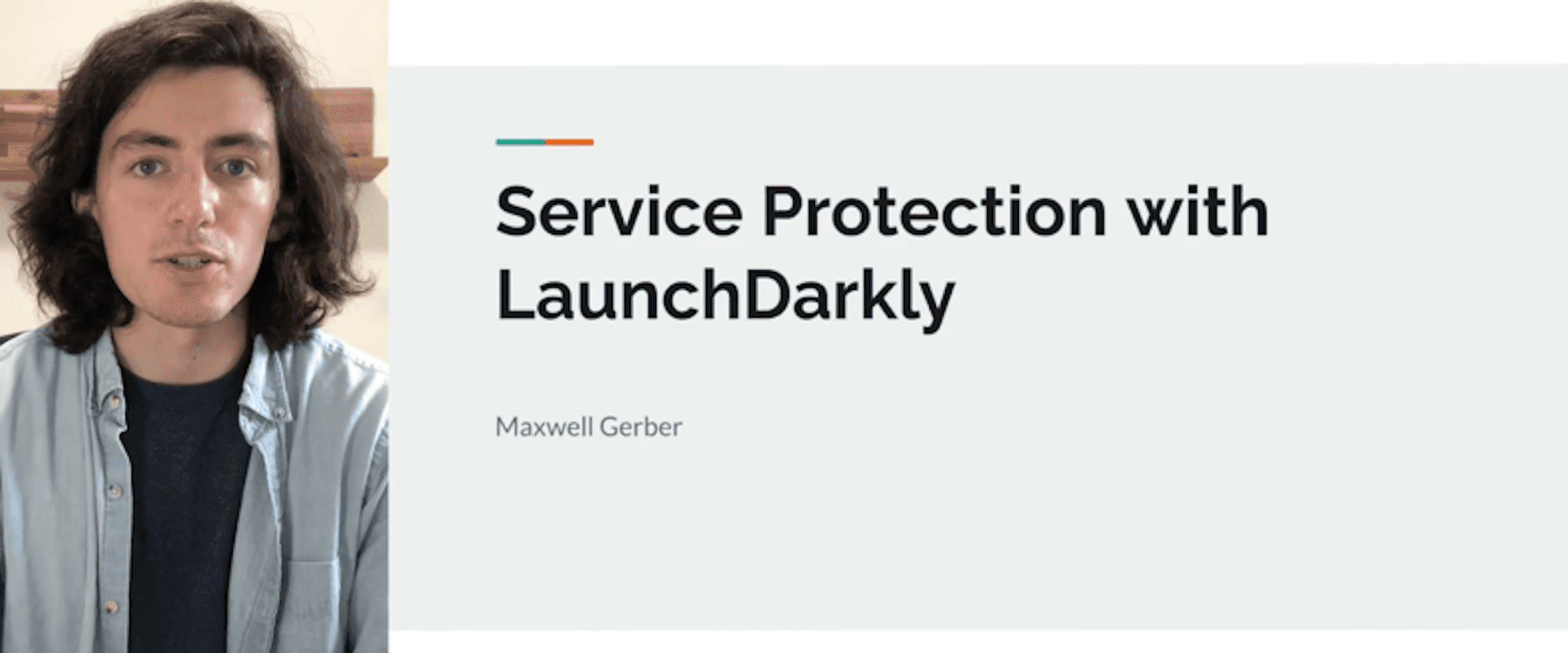
Service Protection at Scale with LaunchDarkly
Trajectory

Empowering Better Feature Management at Tray.io
Trajectory
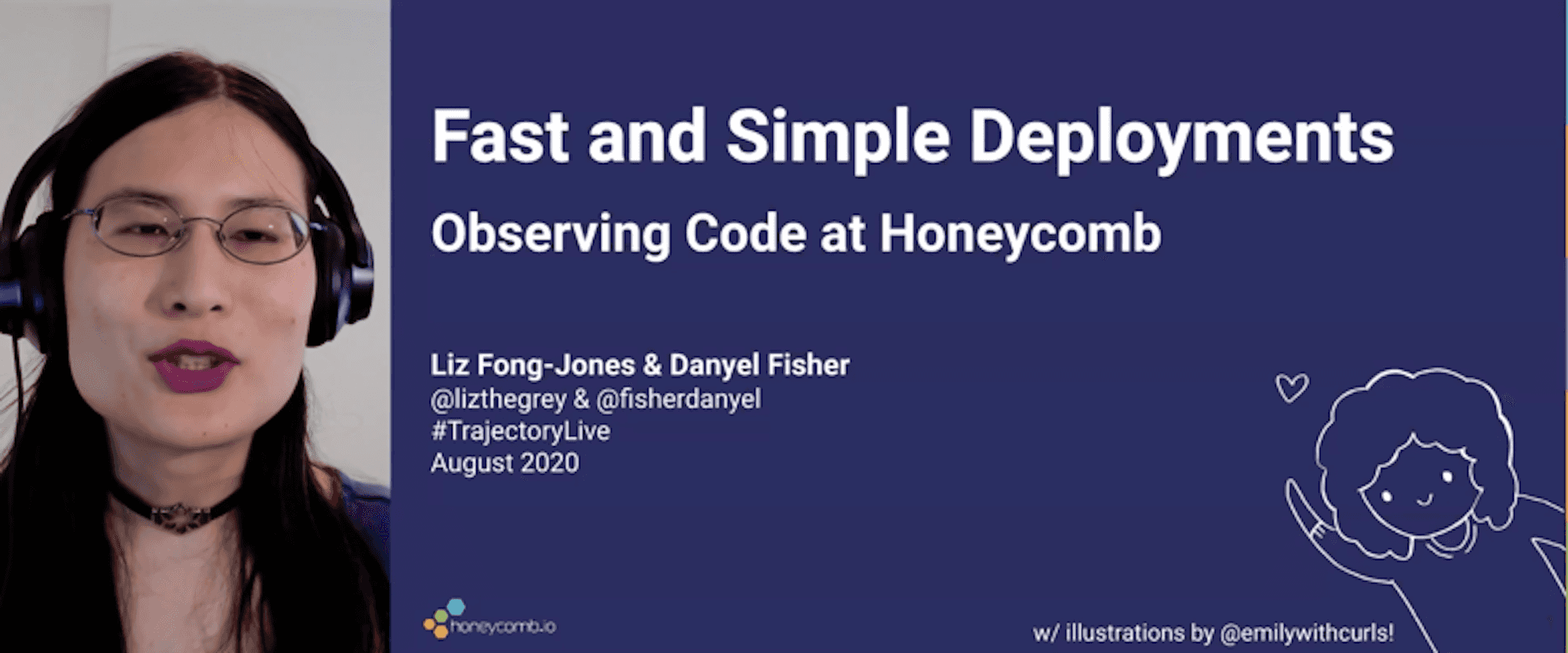
Fast & Simple: Observing Code & Infra Deployments at Honeyco...
Trajectory
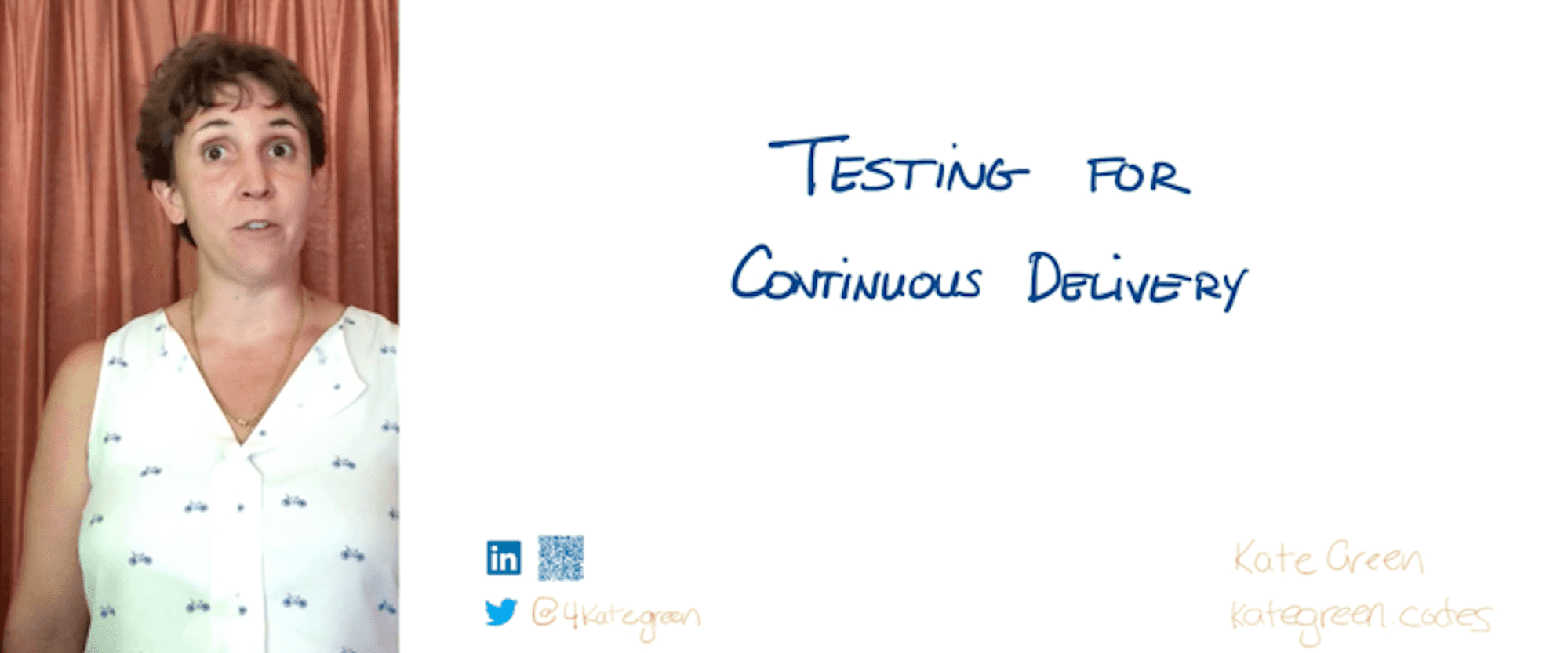
Always Be Testing: Test Strategy for Continuous Deployment
Trajectory
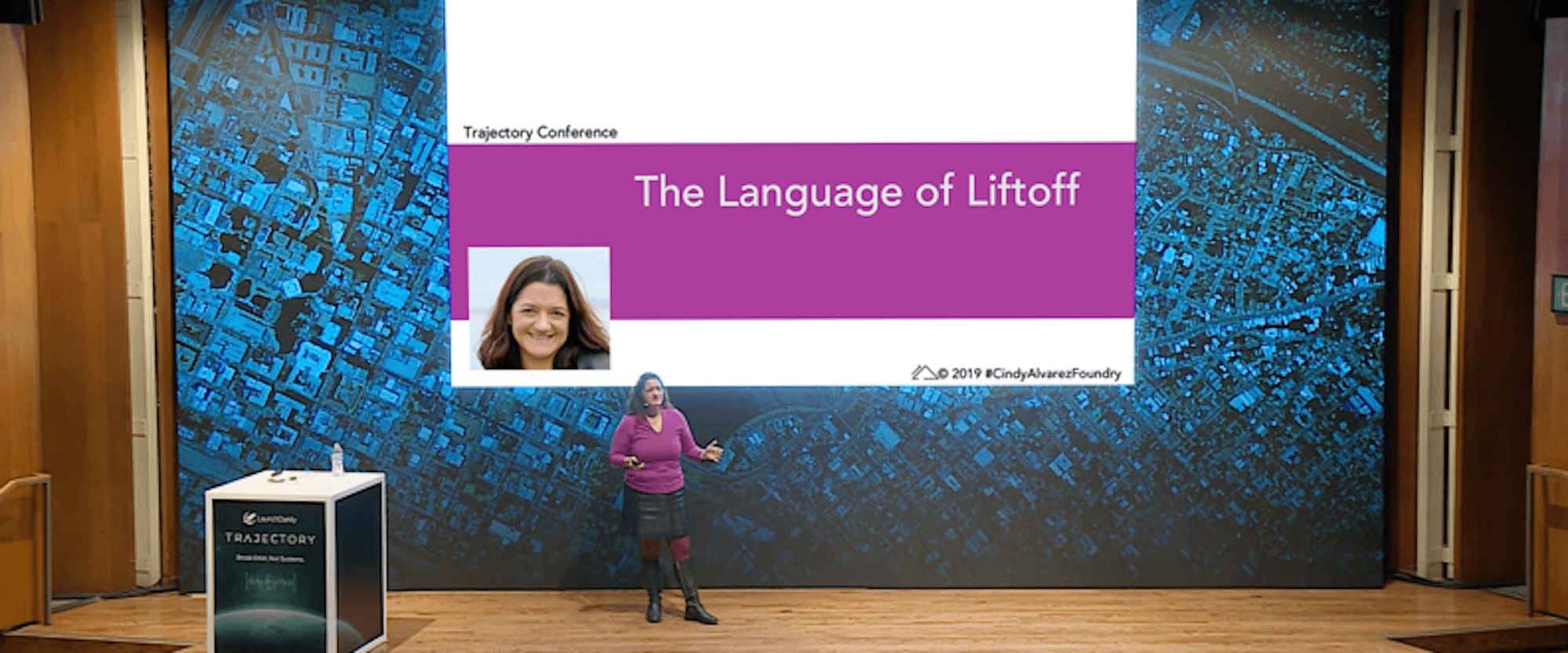
The Language of Liftoff
Trajectory
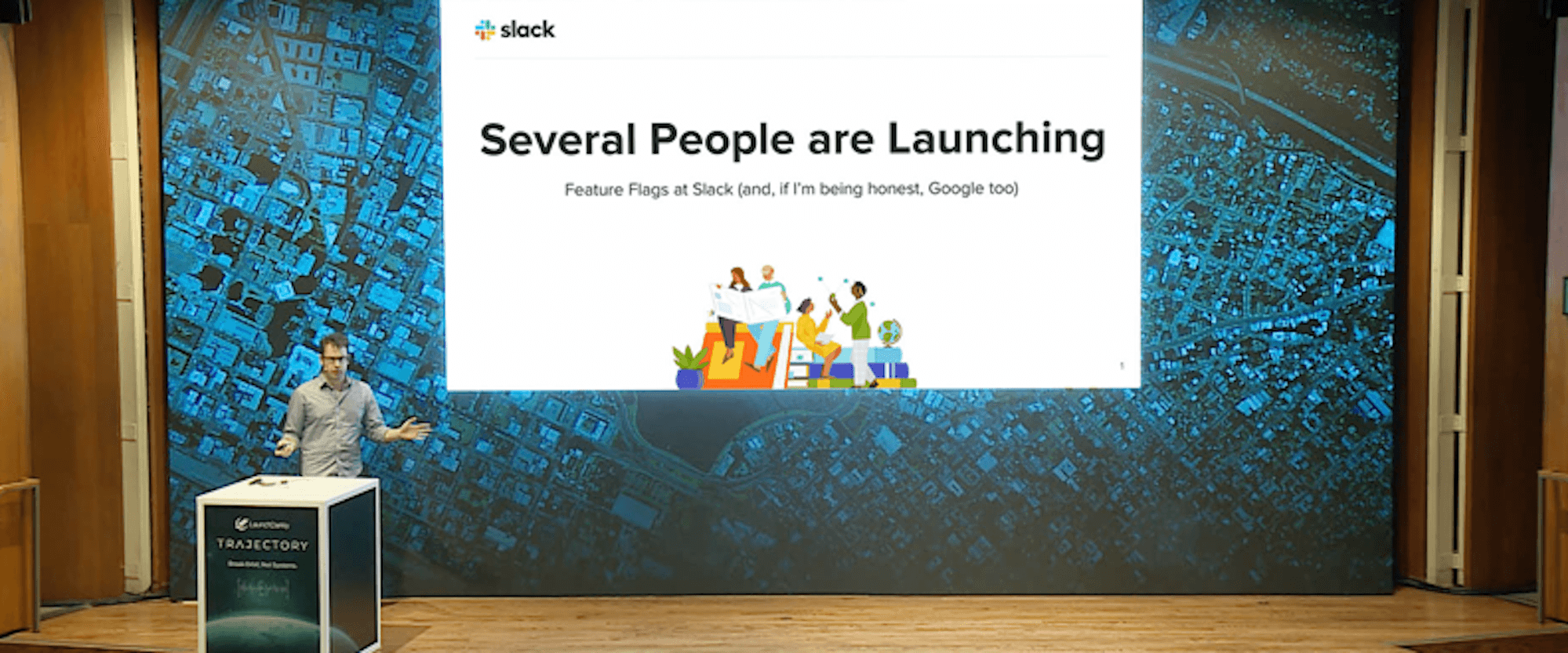
Several People are Launching: Feature Flags at Slack
Trajectory

Experiment Culture: From Tradition to Data-Driven
Trajectory

Tools for the Next Iteration of Modern Development
Trajectory
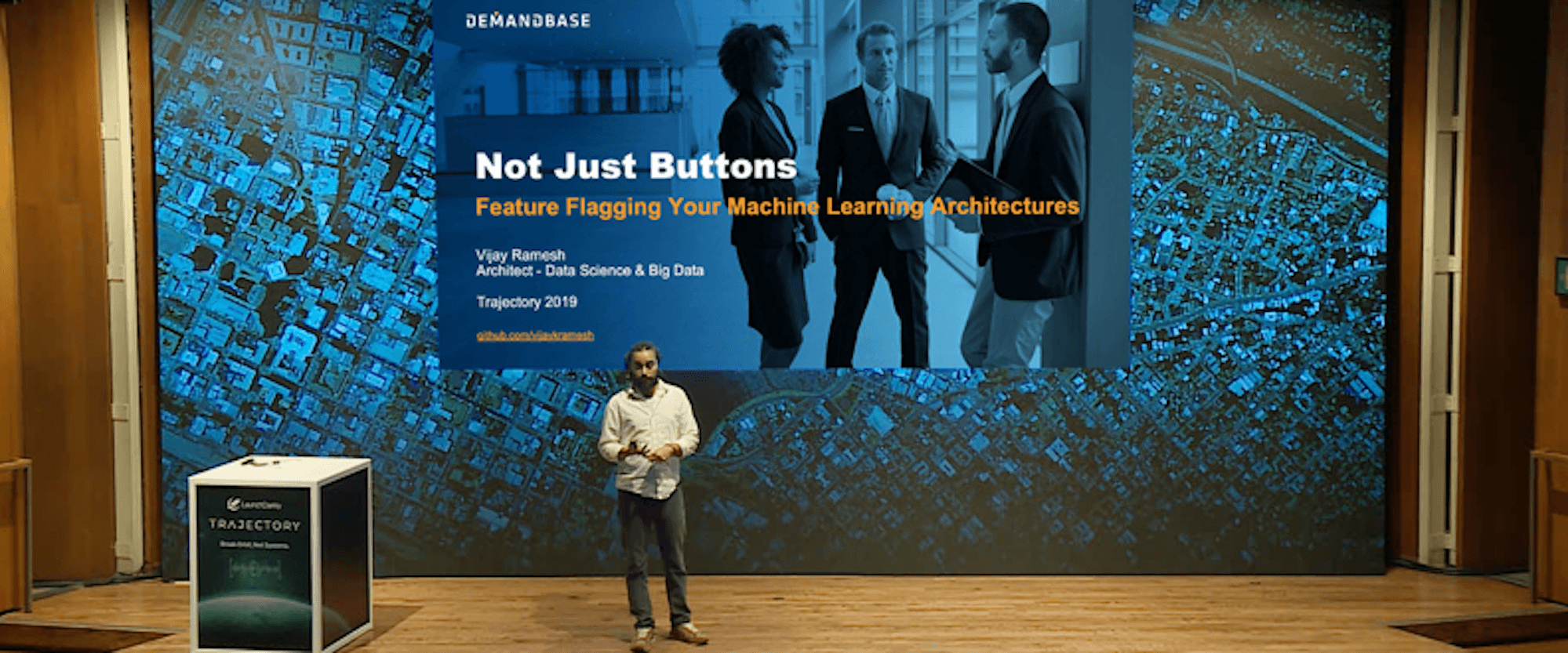
Not Just Buttons: Feature Flagging Your Machine Learning Arc...
Trajectory
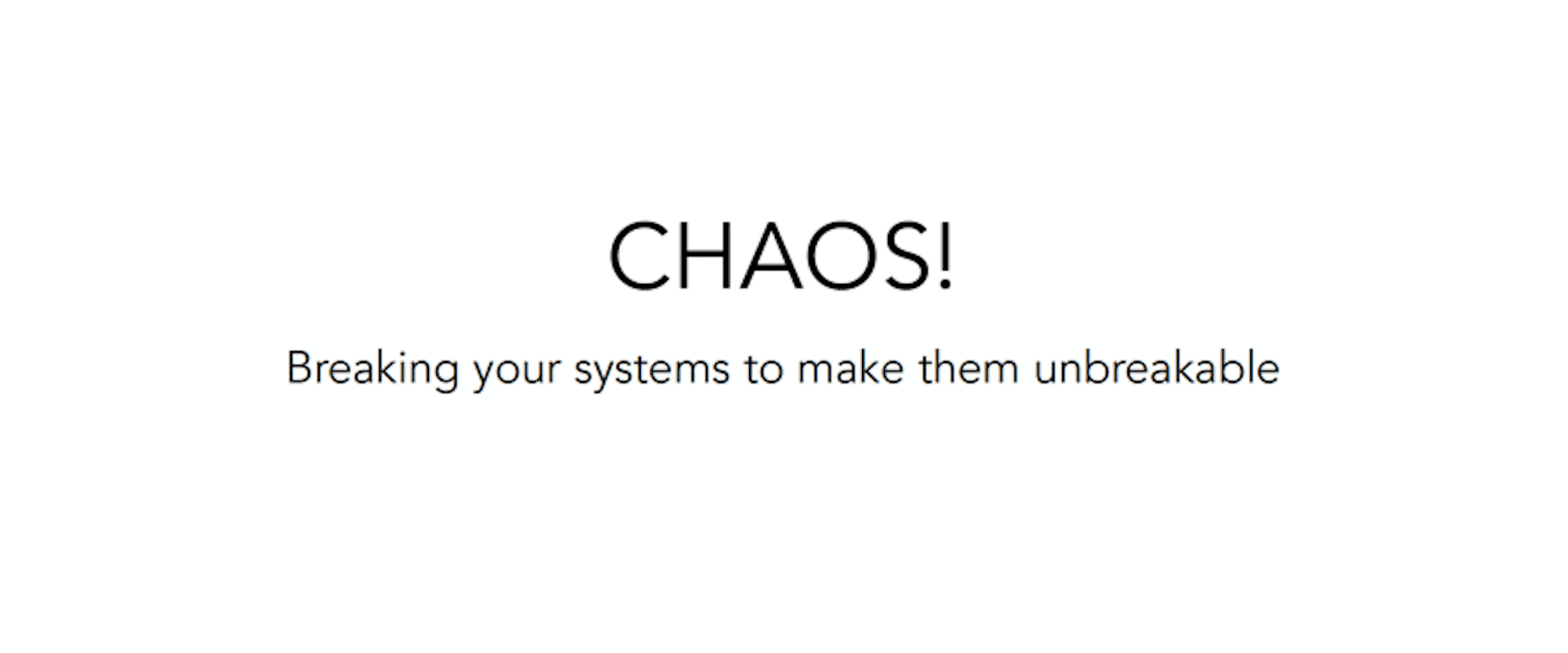
Breaking Systems to Make Them Unbreakable
Trajectory

How Firefox Upholds its Values and Keeps Up With Change
Trajectory
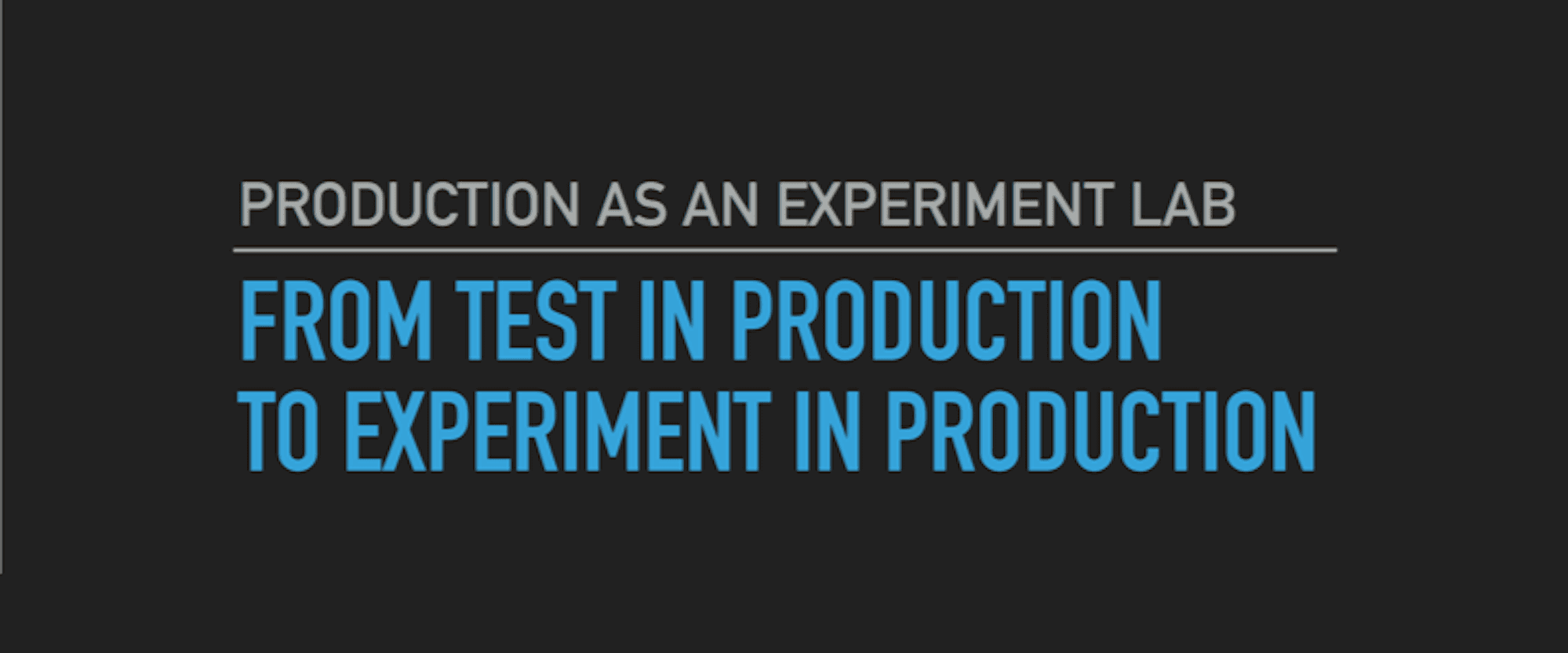
Production as an Experiment Lab
Trajectory

Backyard Chat: Progressive Delivery
Trajectory
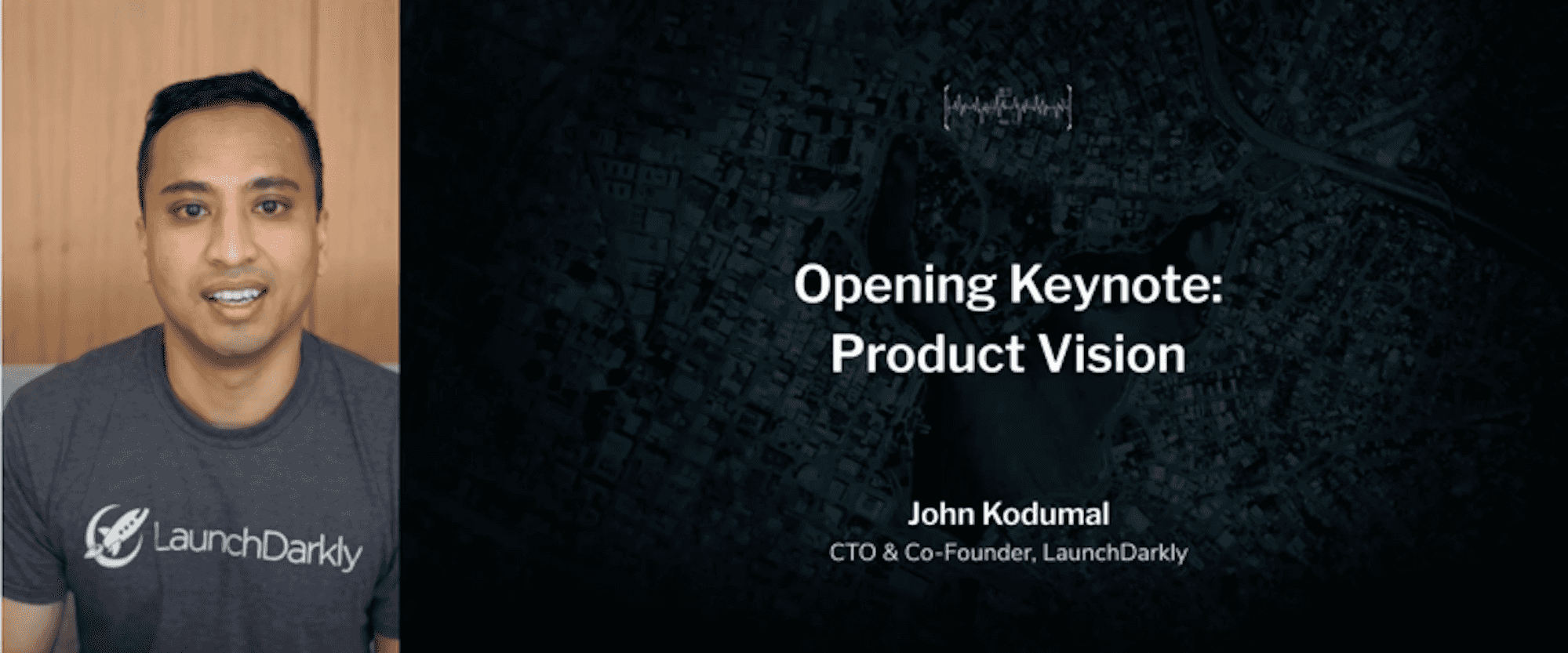
Opening Keynote: Product Vision
Trajectory
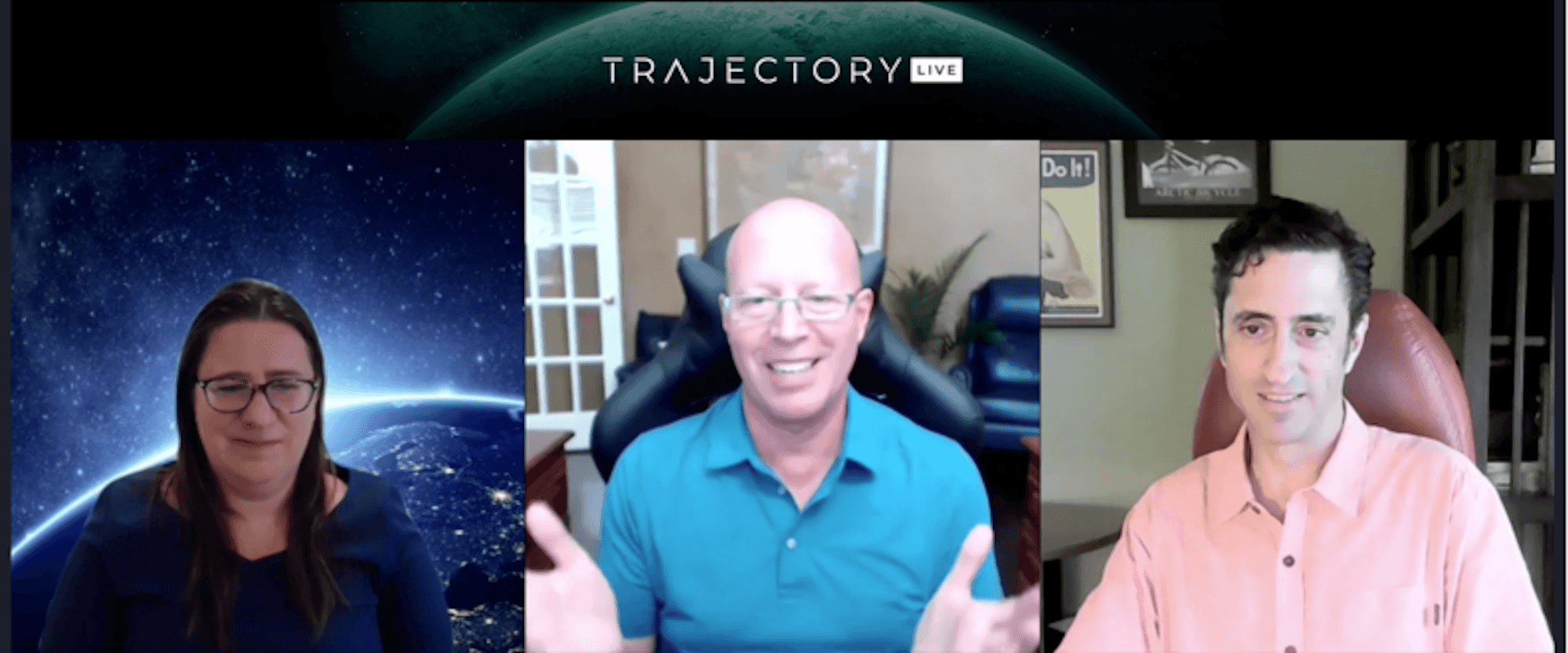
Conversation: Edith Harbaugh & LaunchDarkly Customer Panel
Trajectory

Opening Keynote: Empowering All Teams to Deliver & Control S...
Trajectory
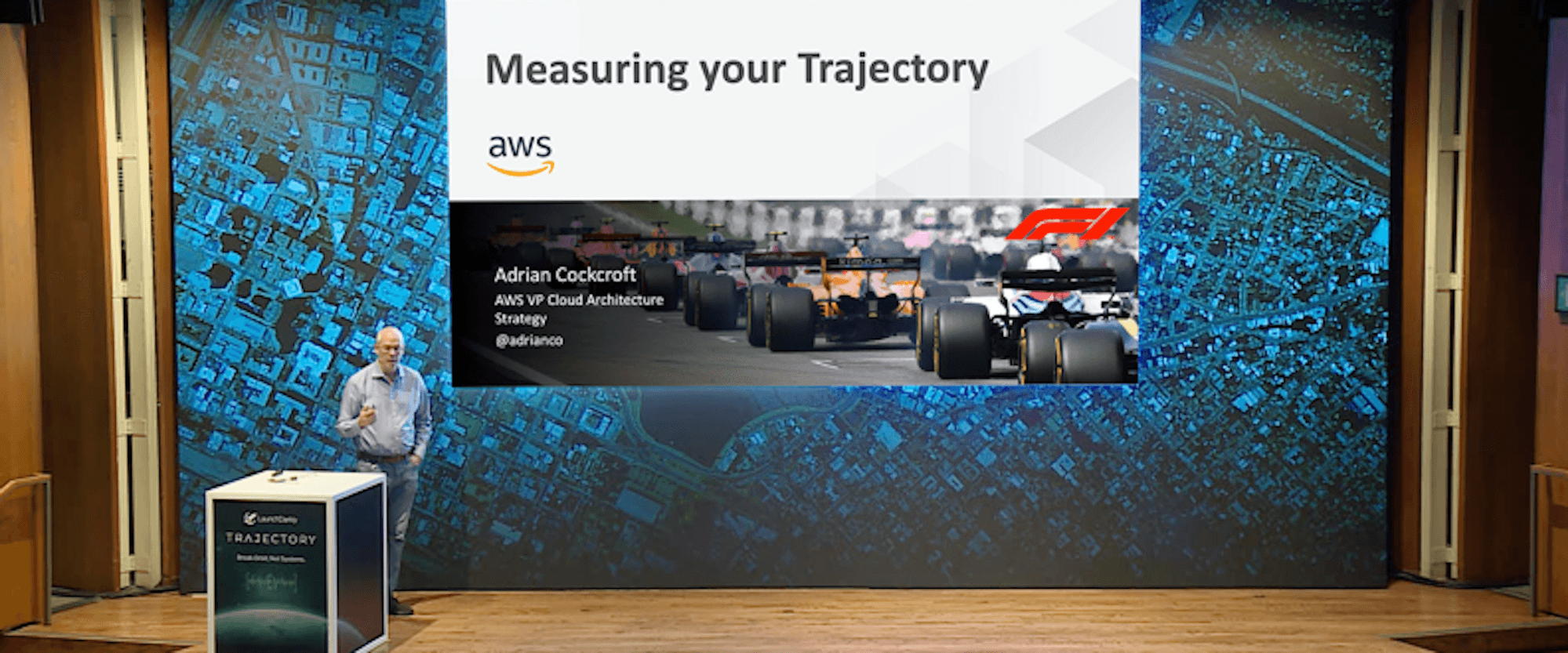
Keynote: Measuring Your Trajectory
Trajectory

Scaling Salads: How We Launched One of Our Most Impactful Te...
Trajectory













